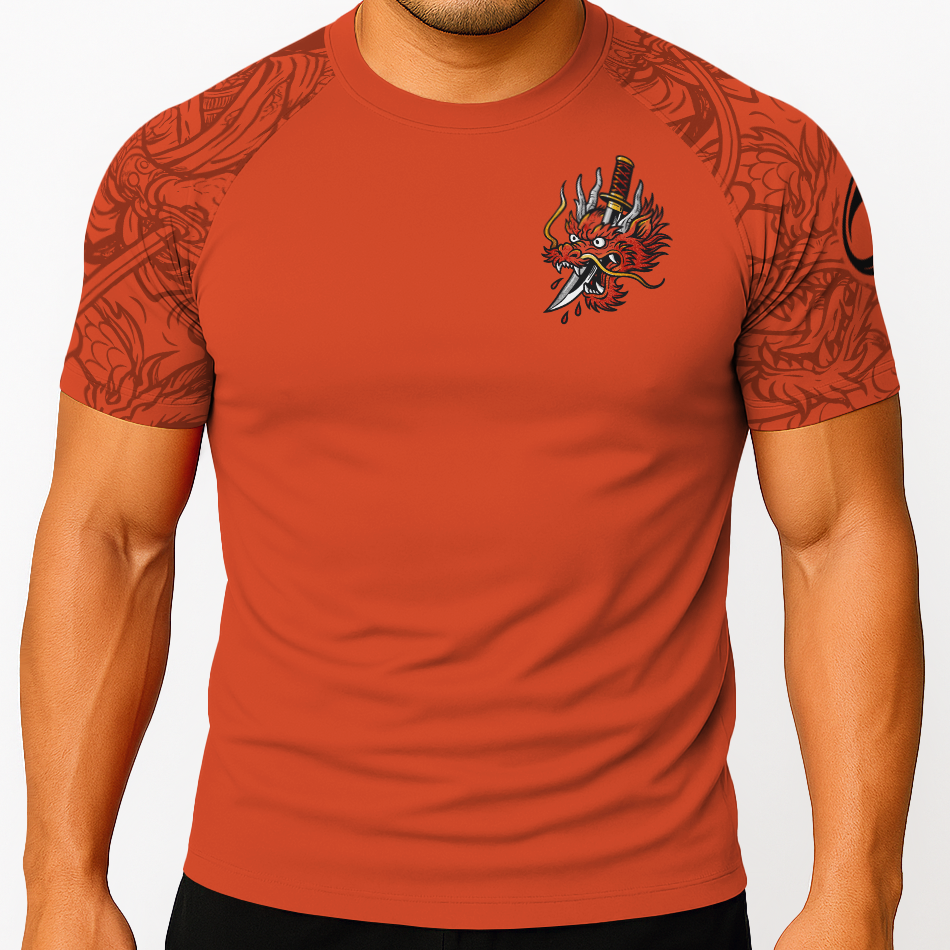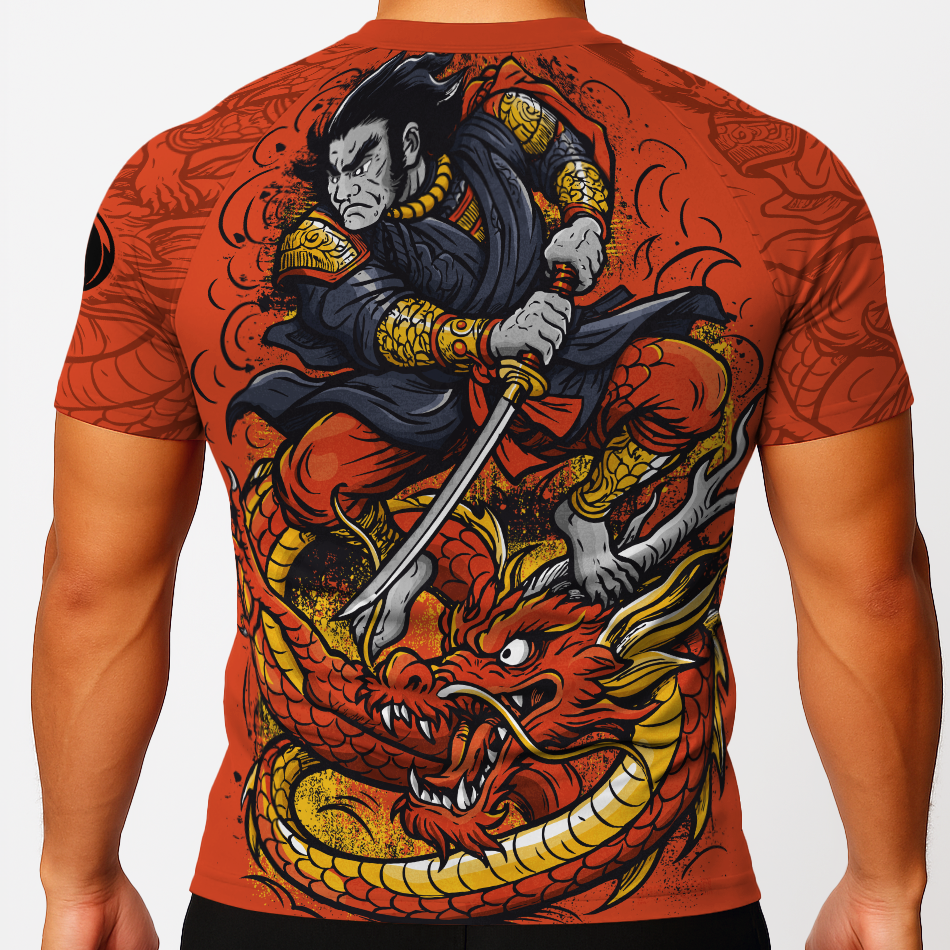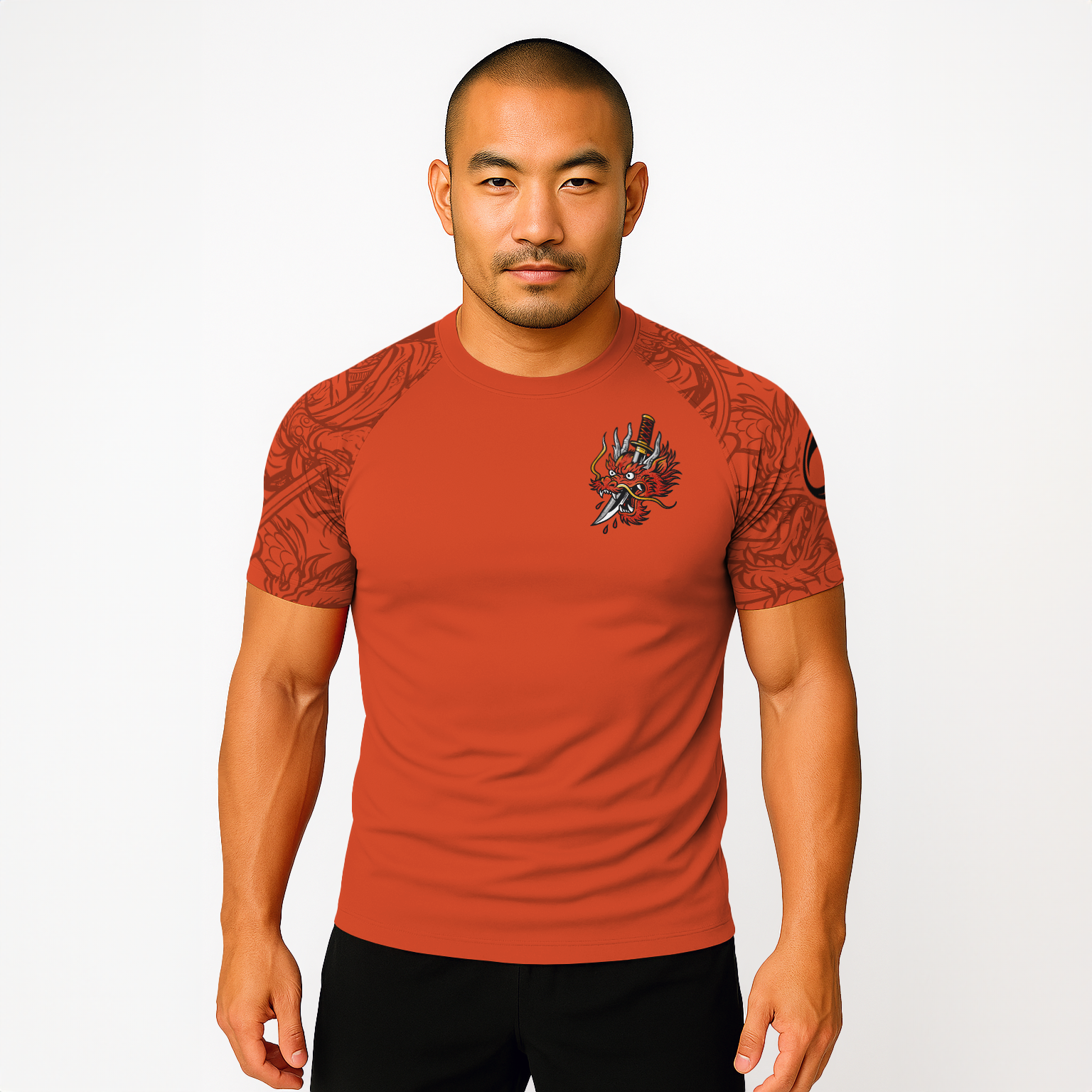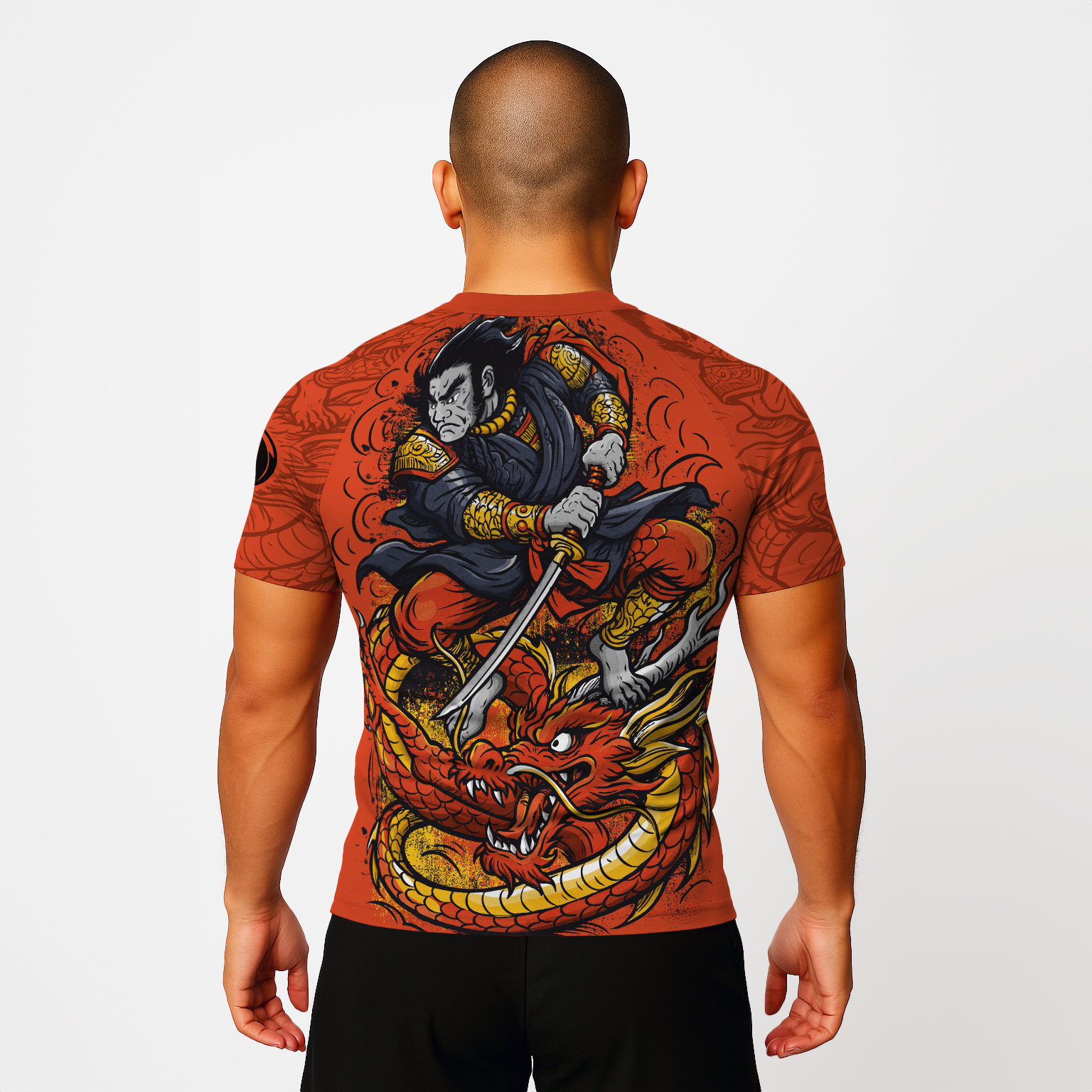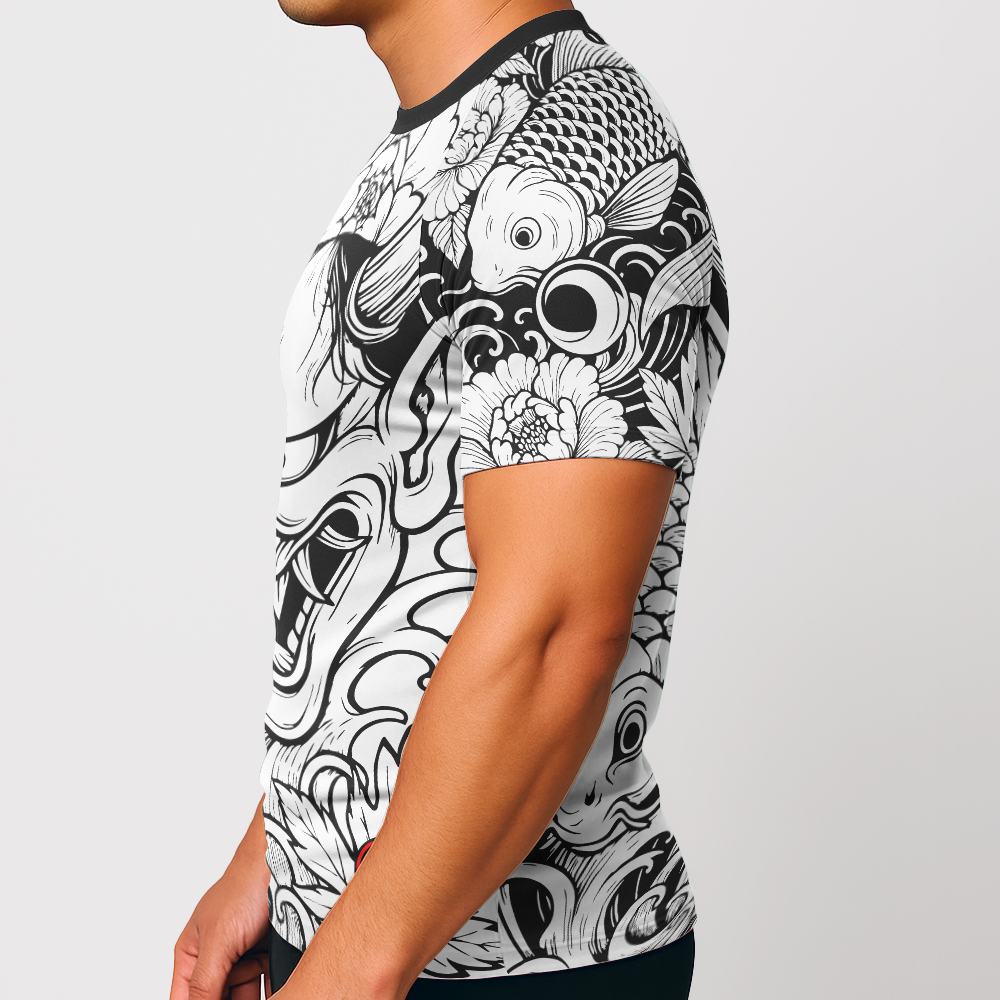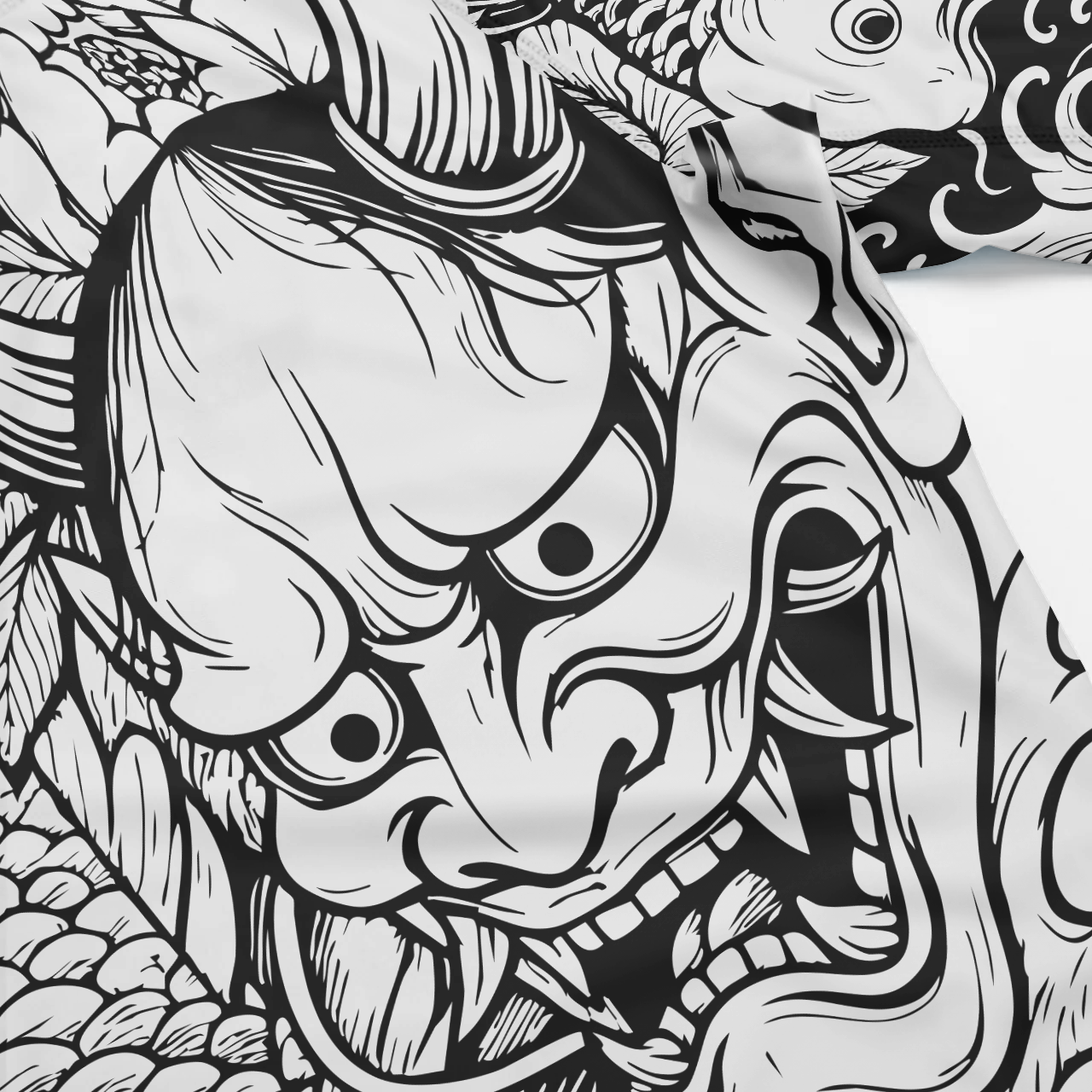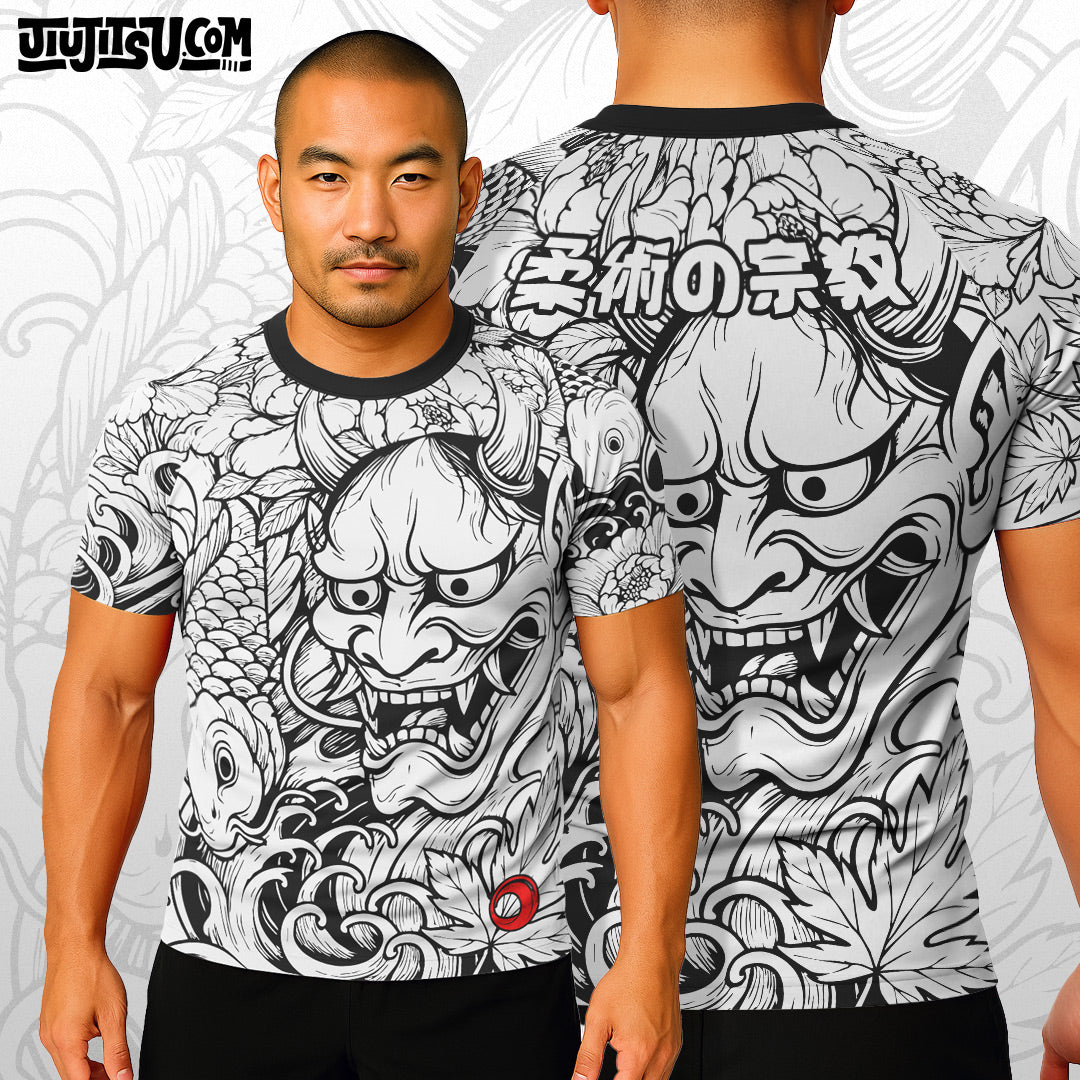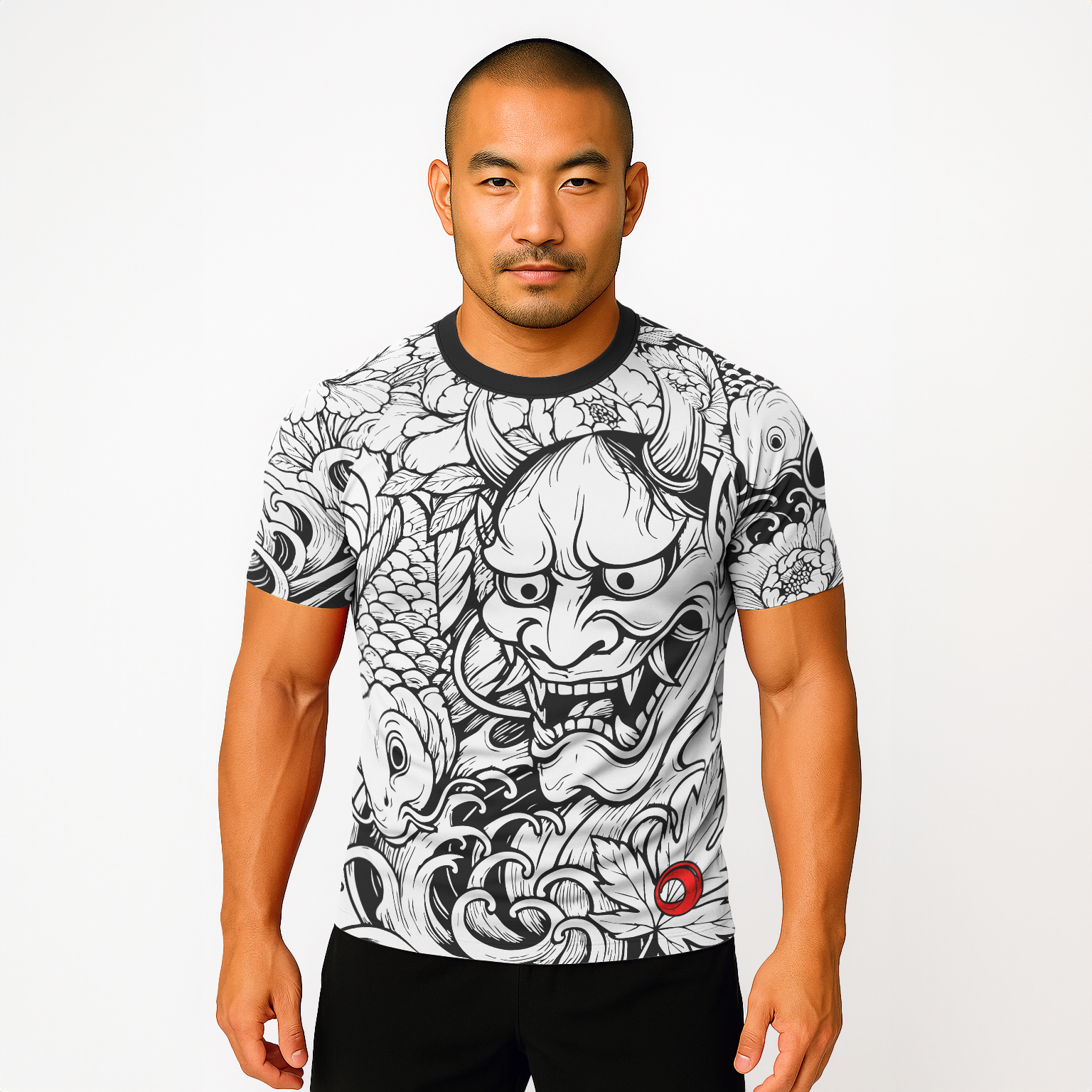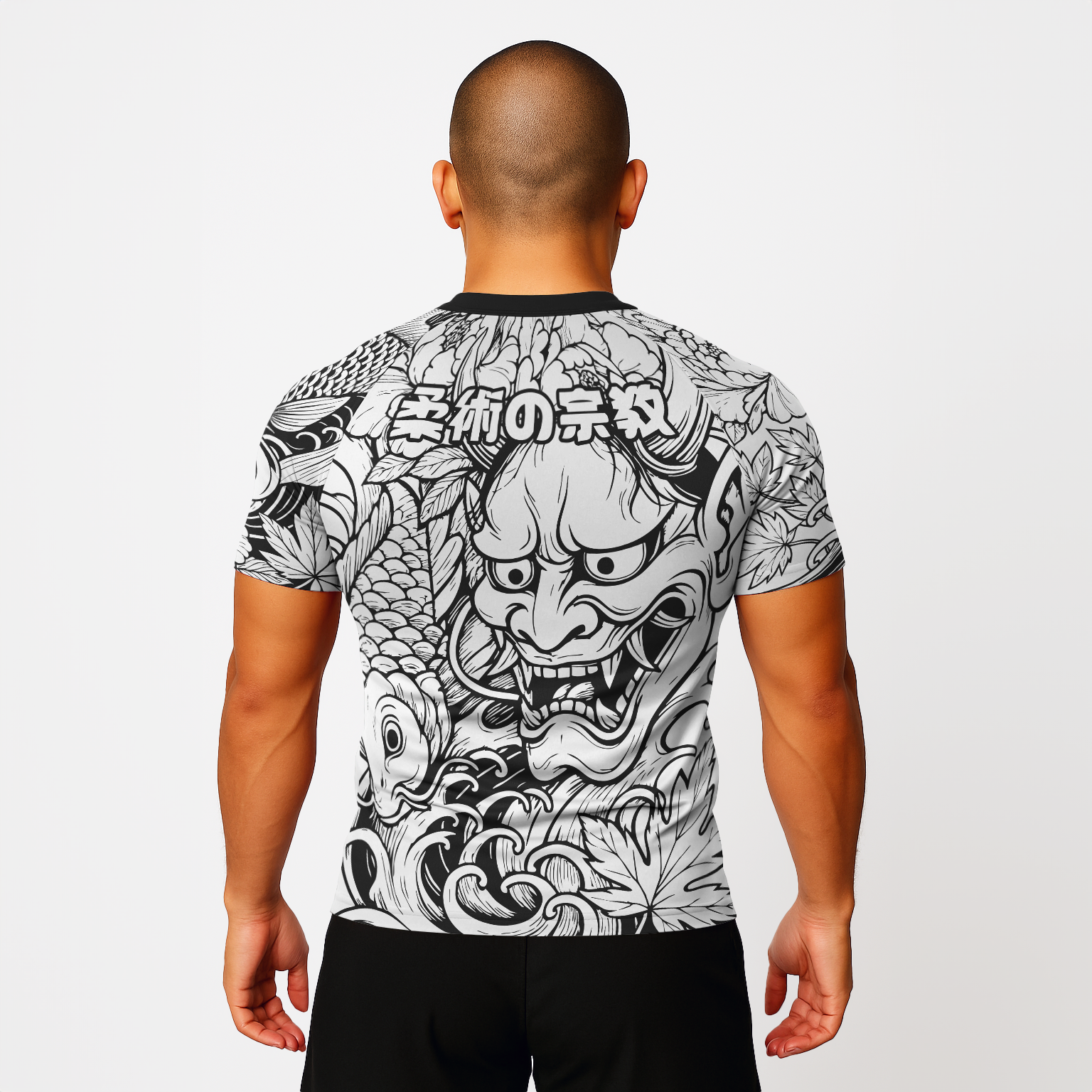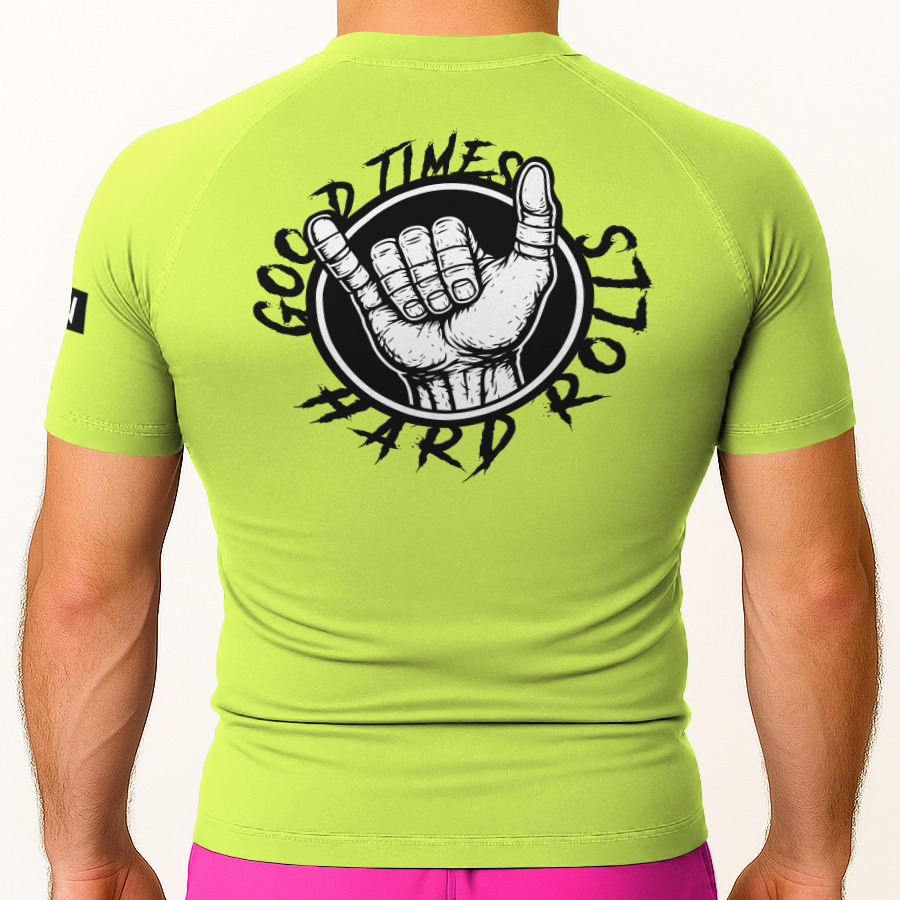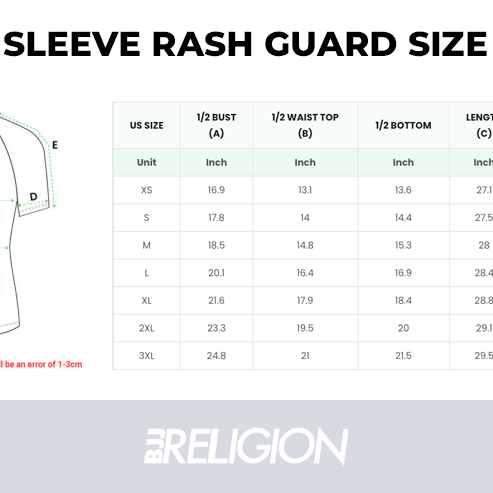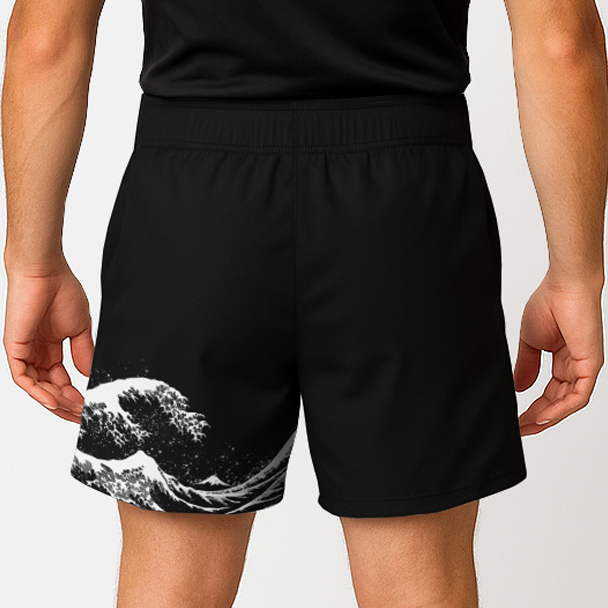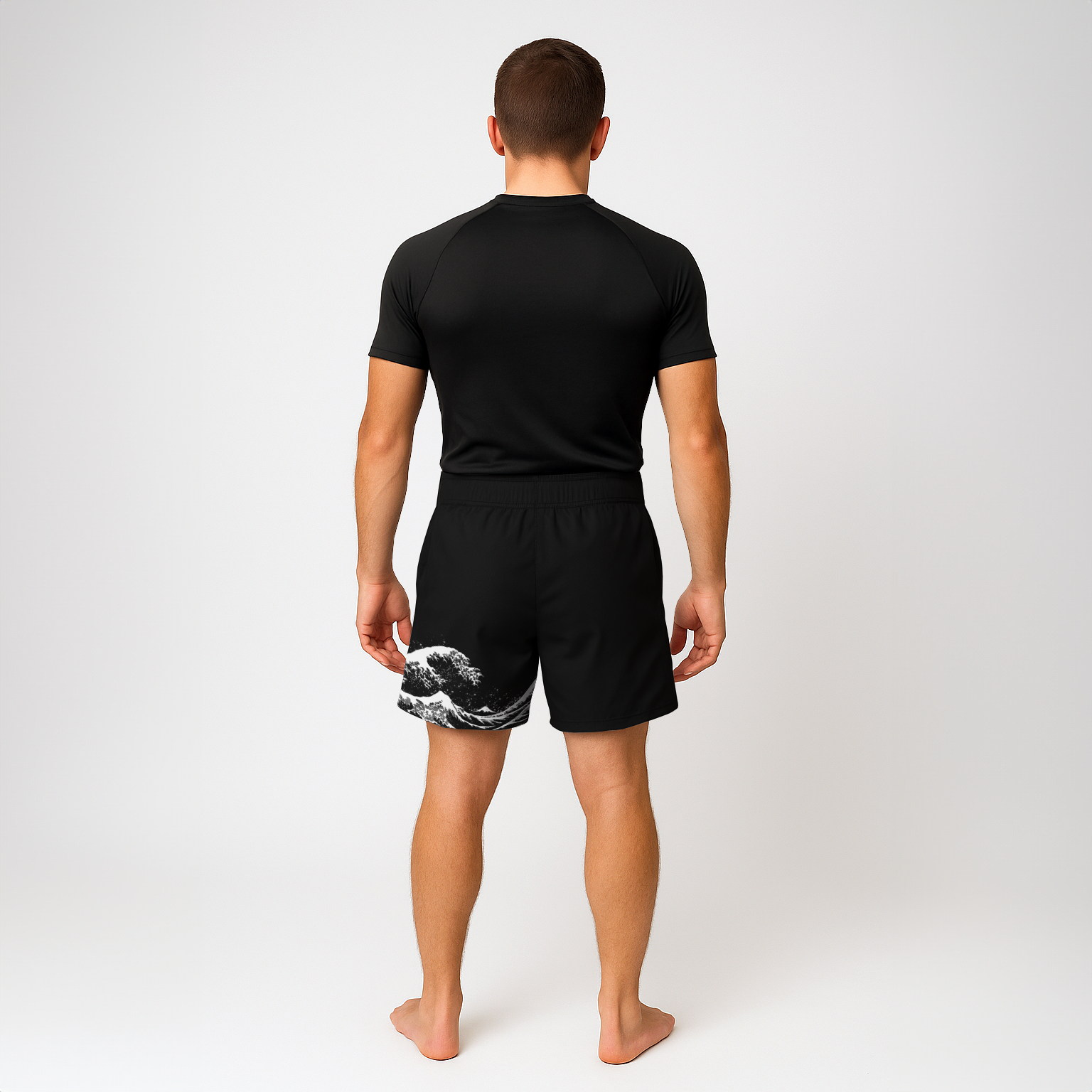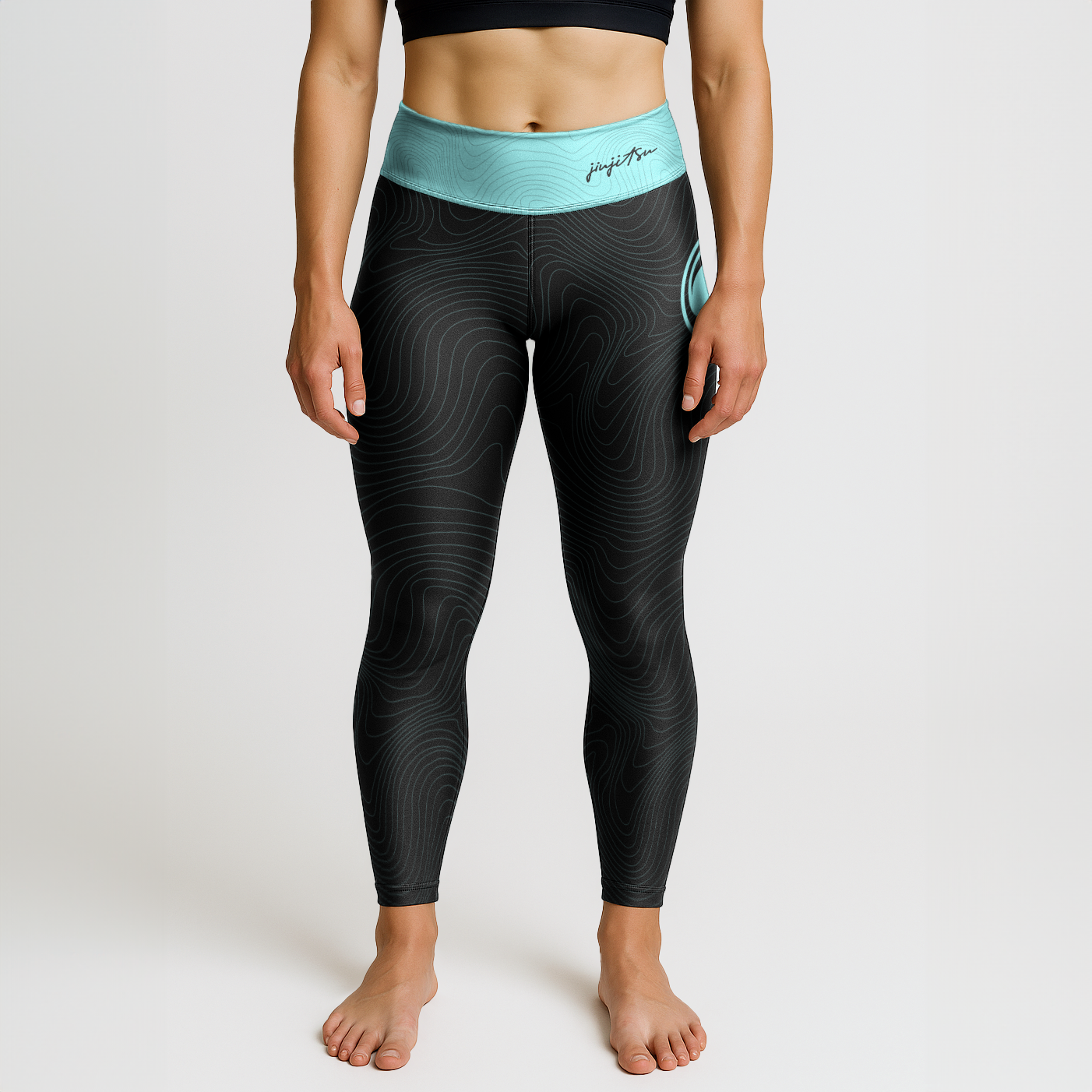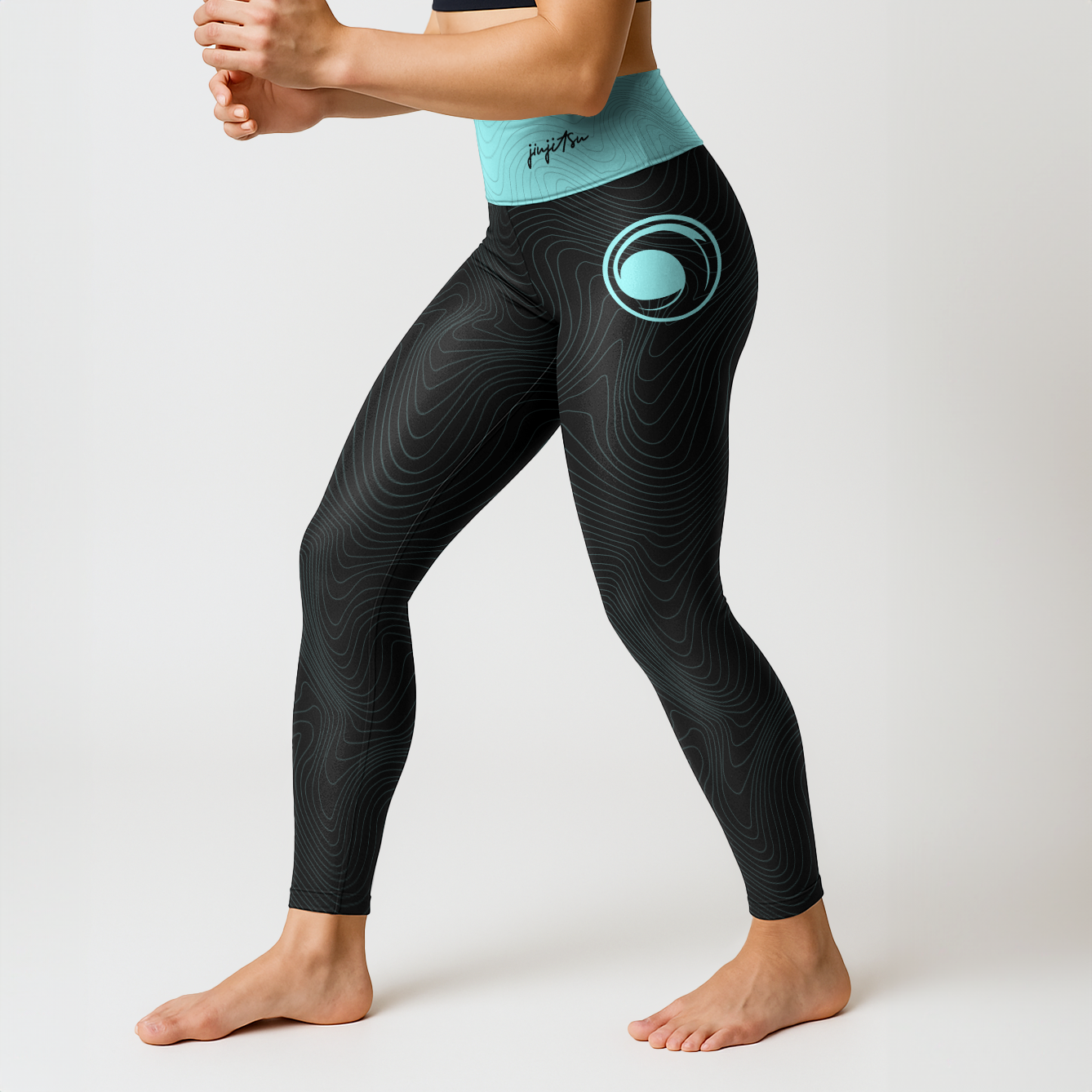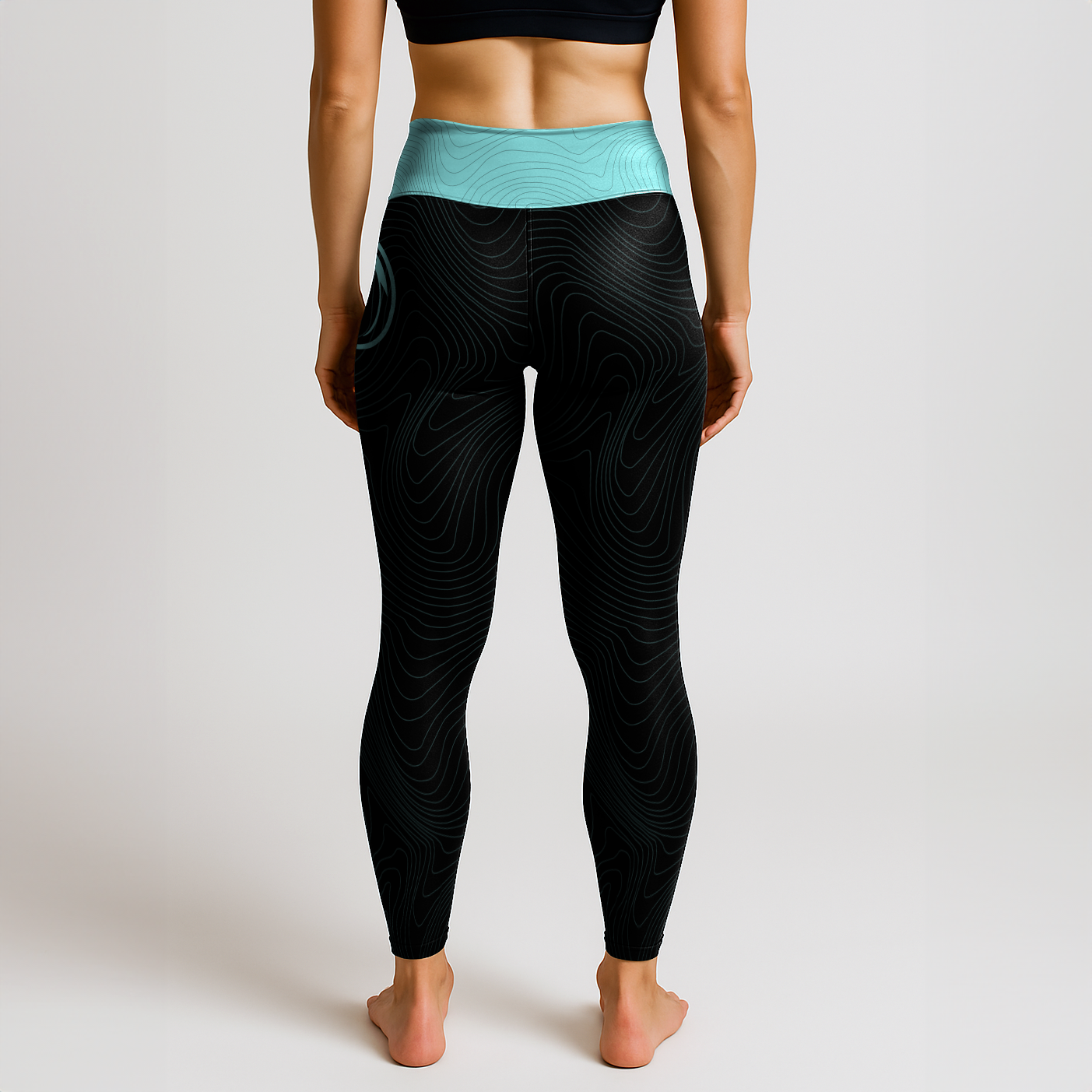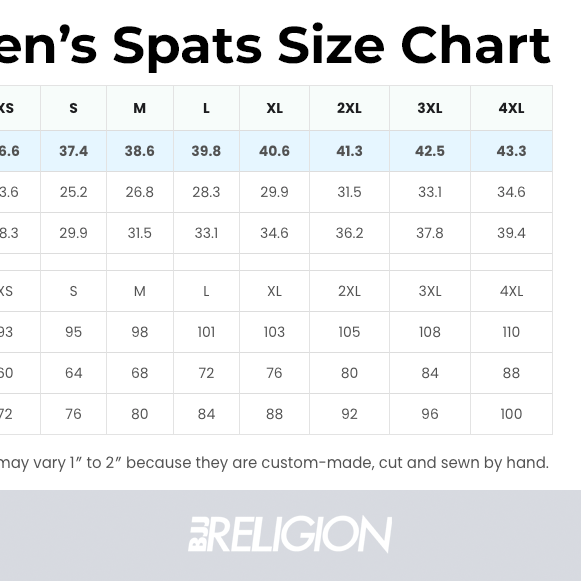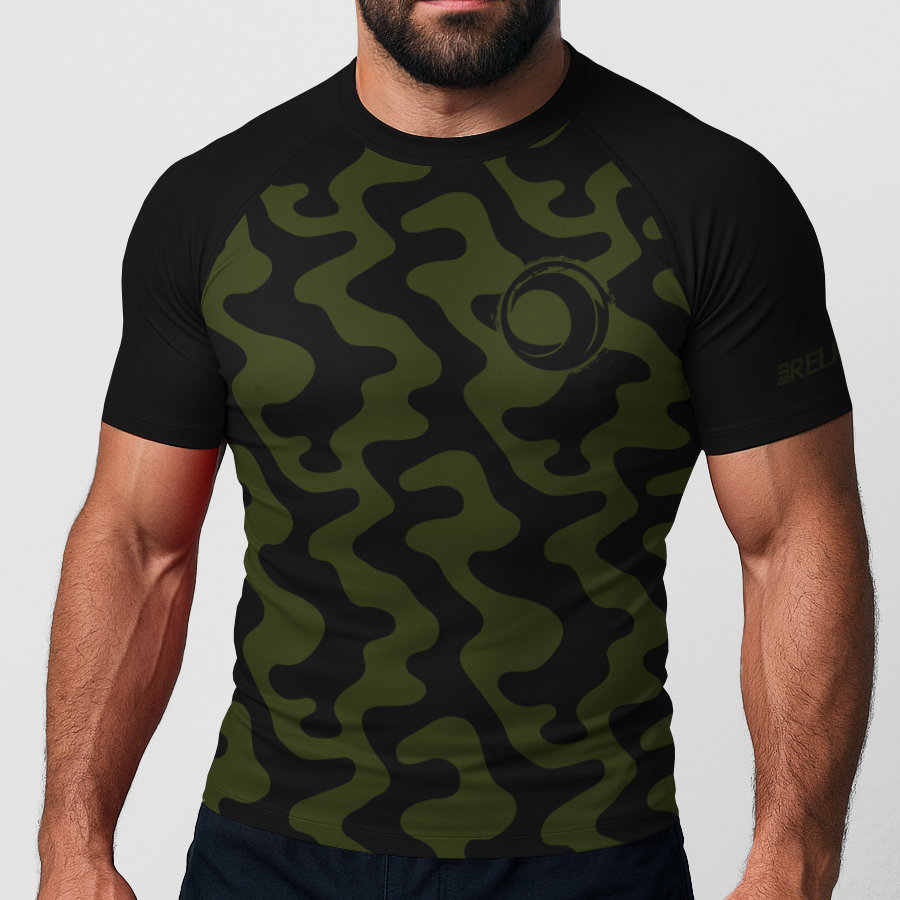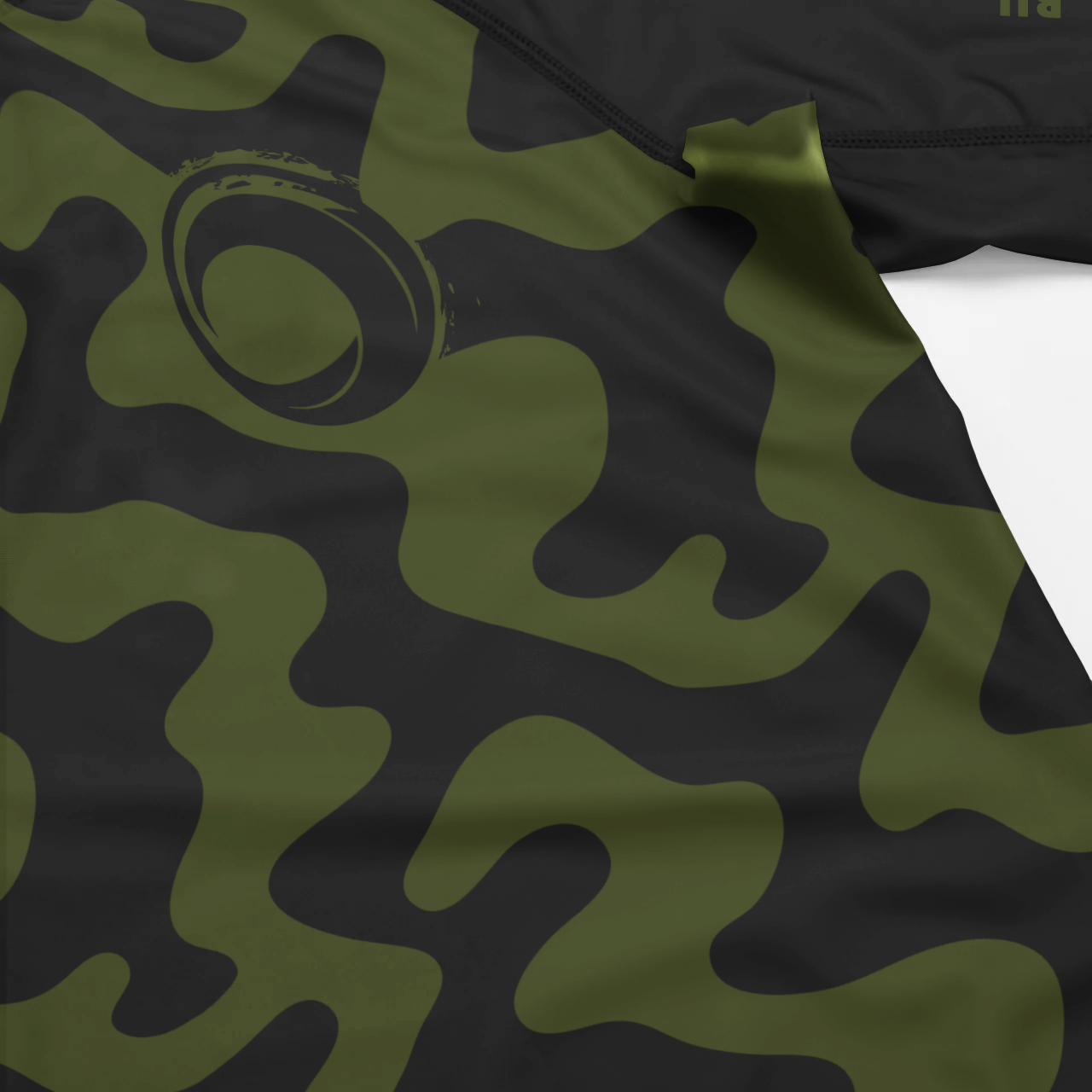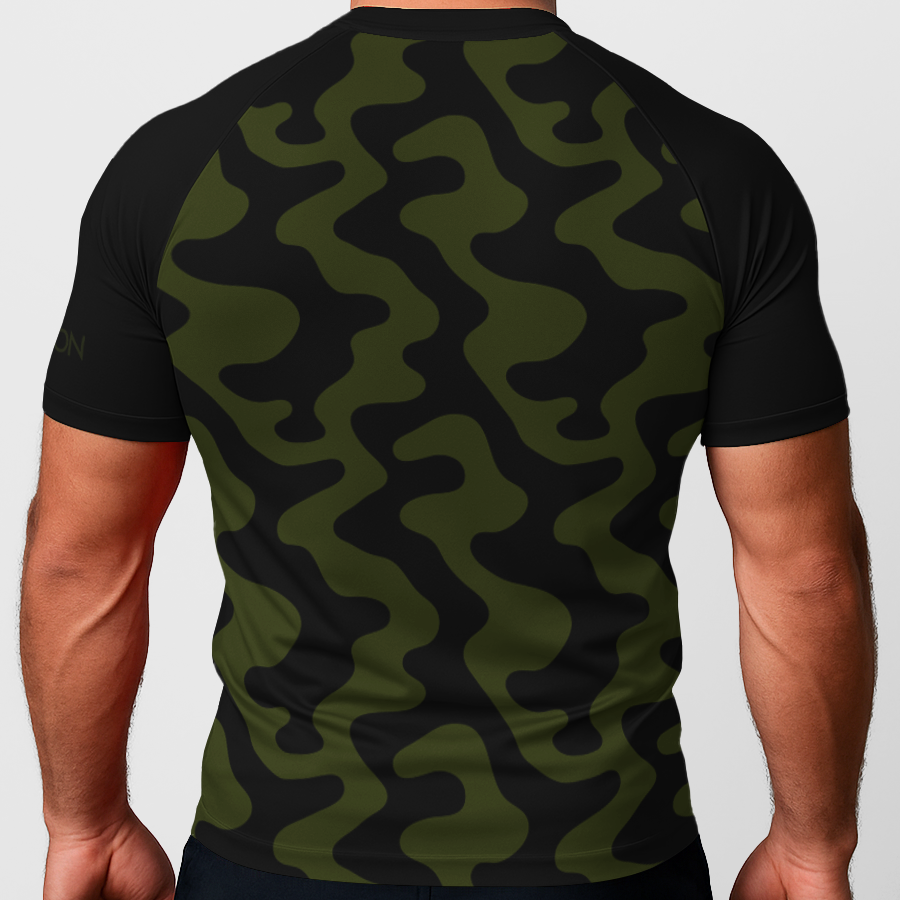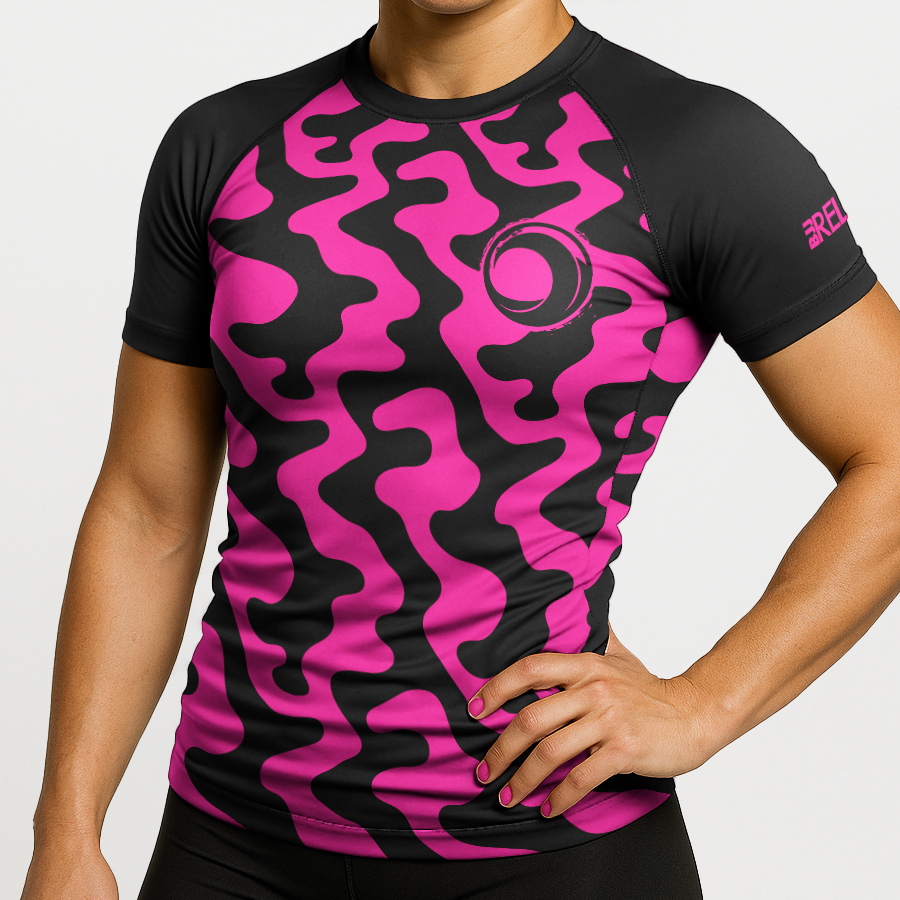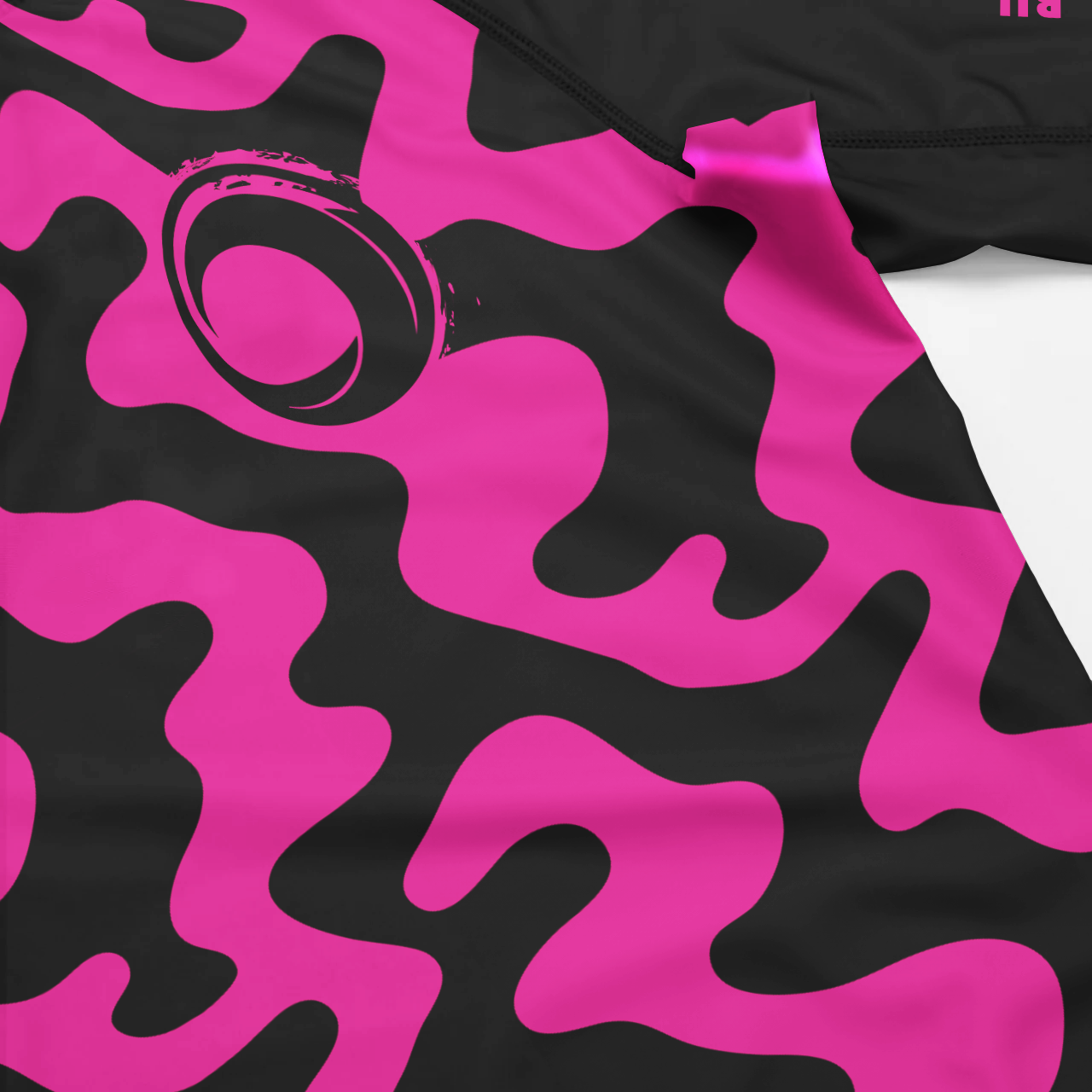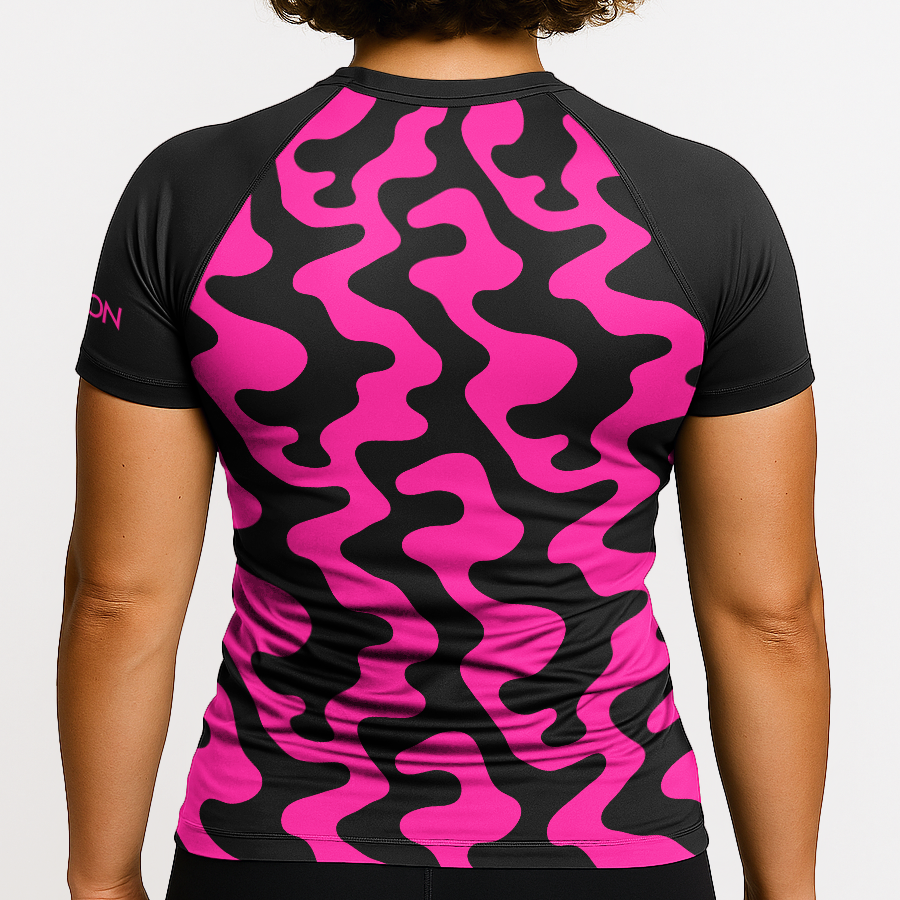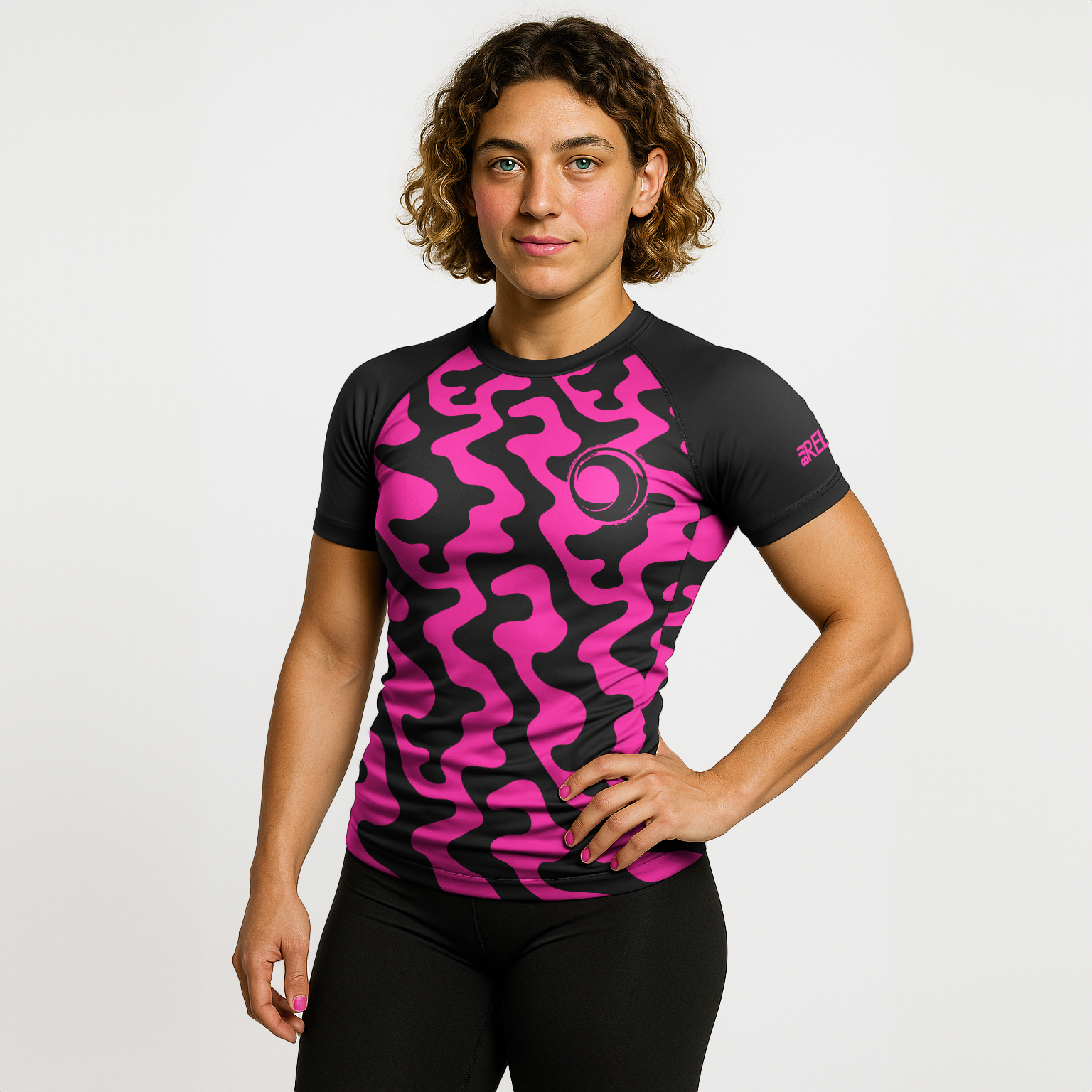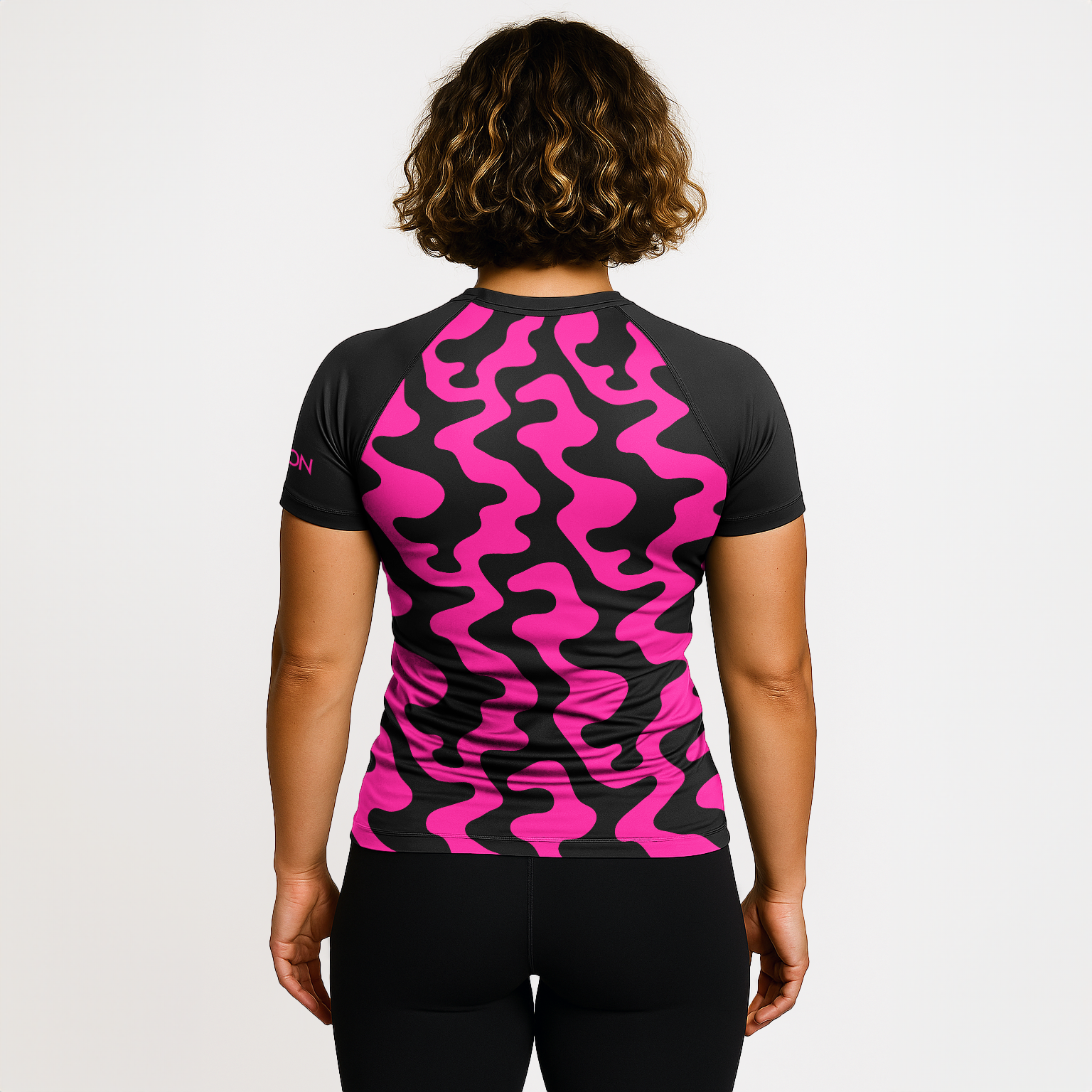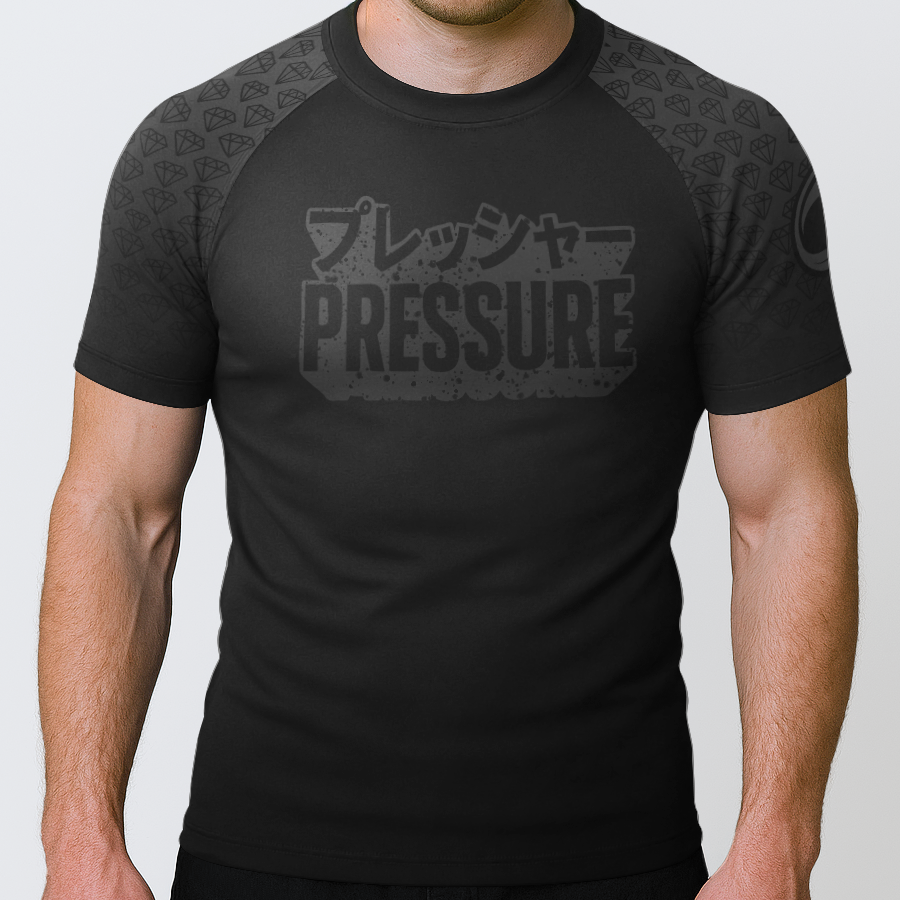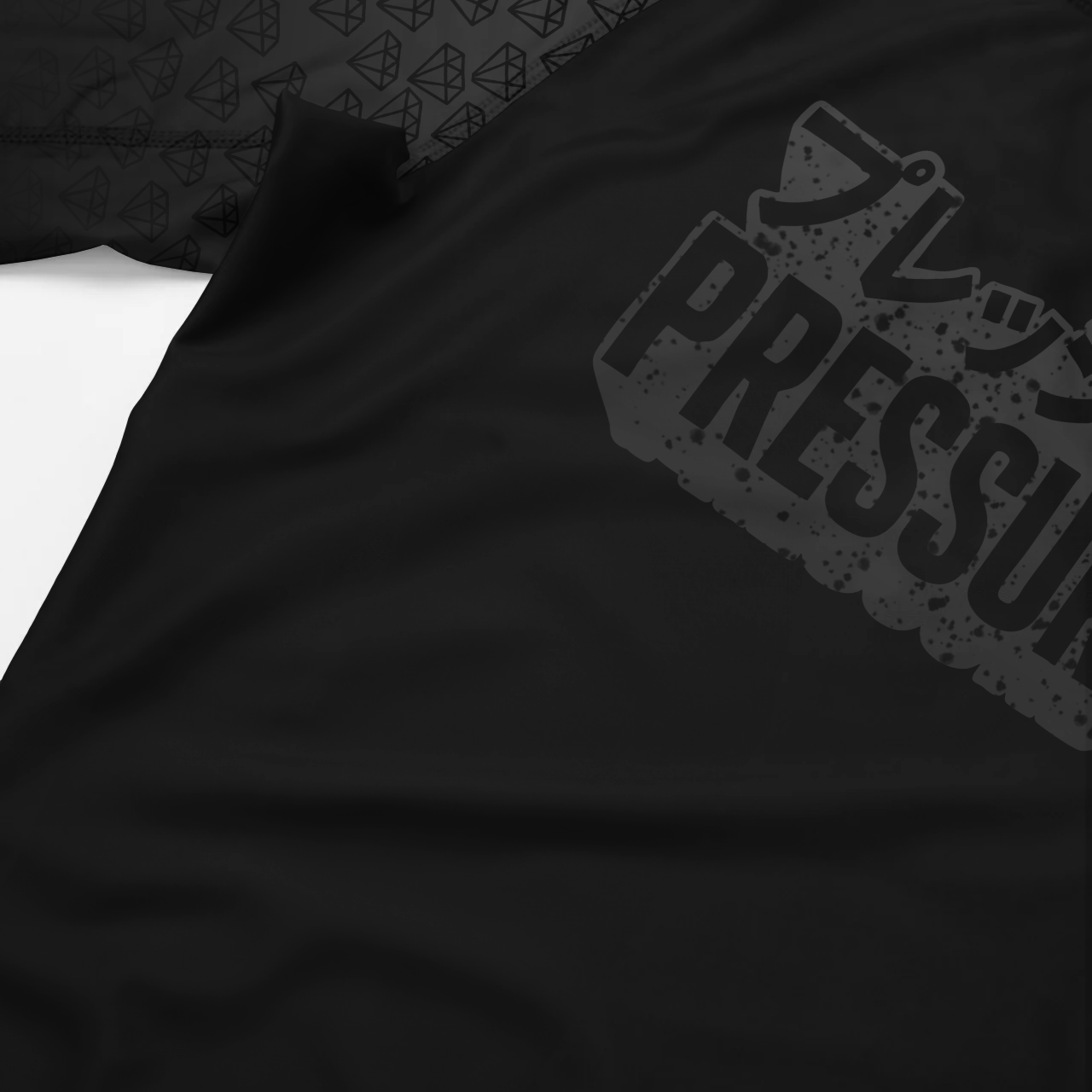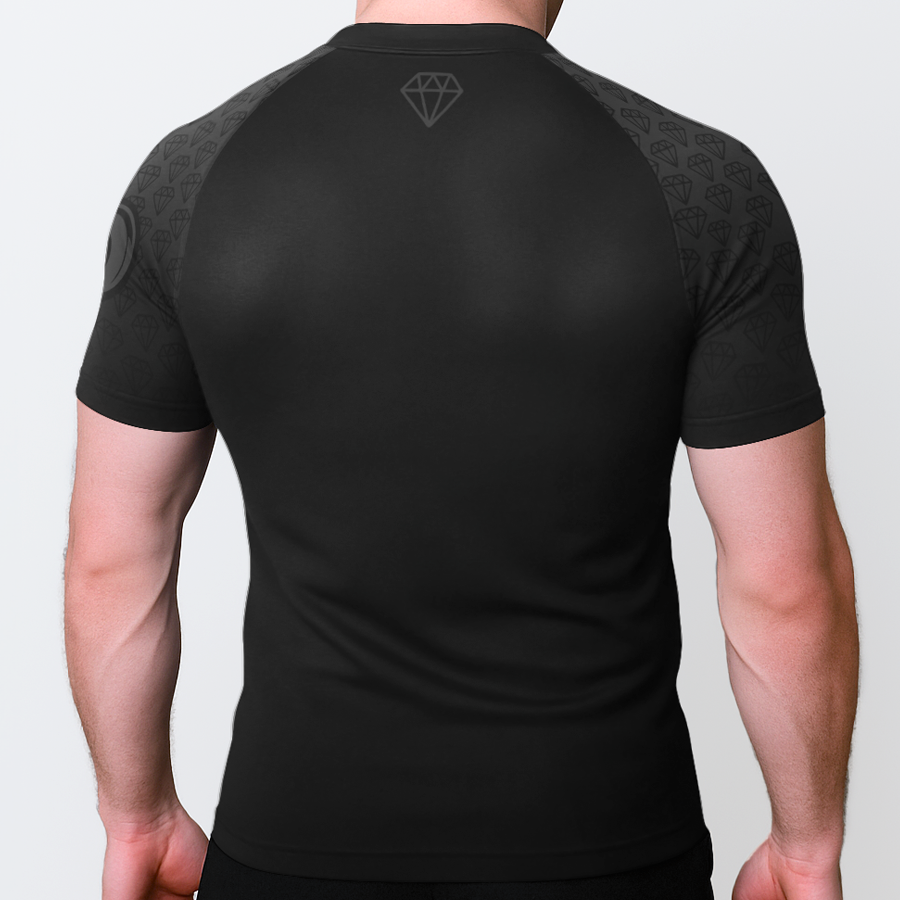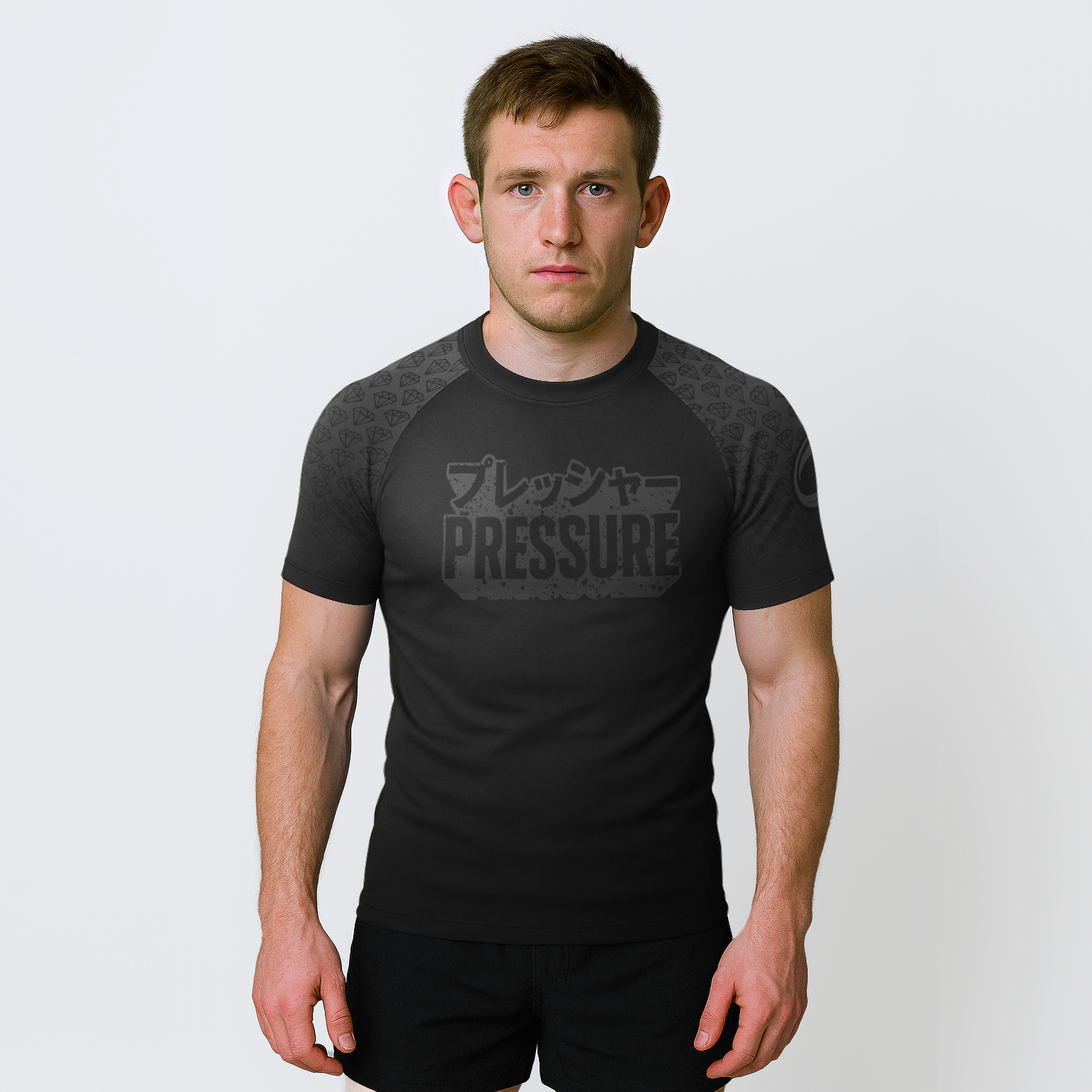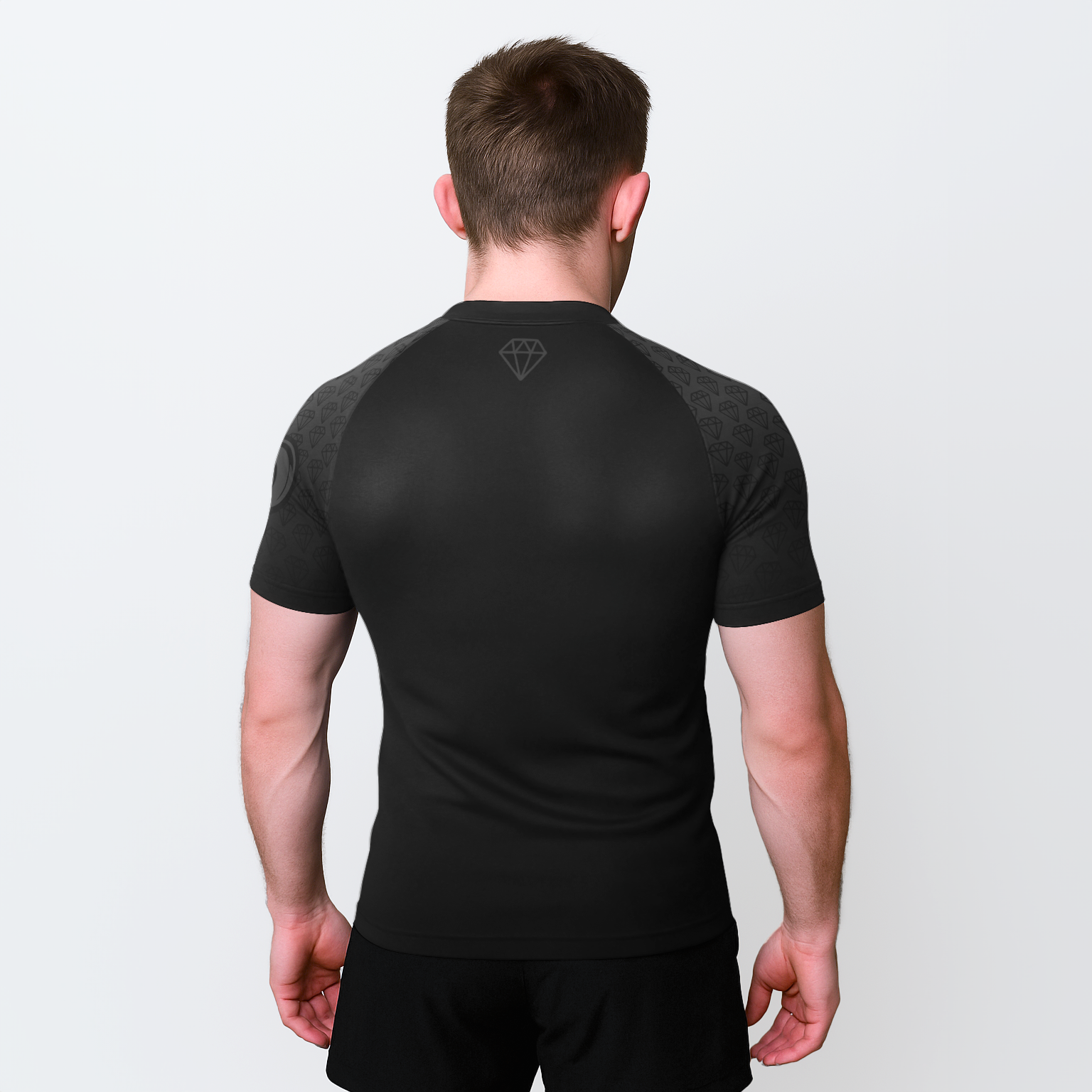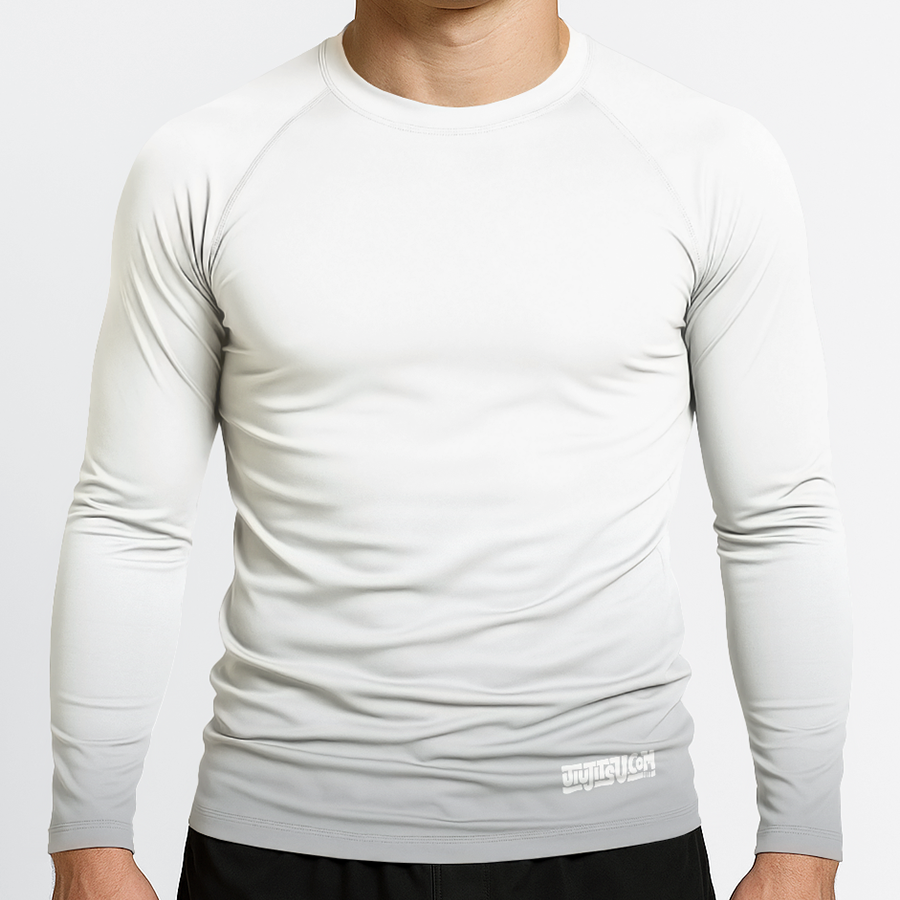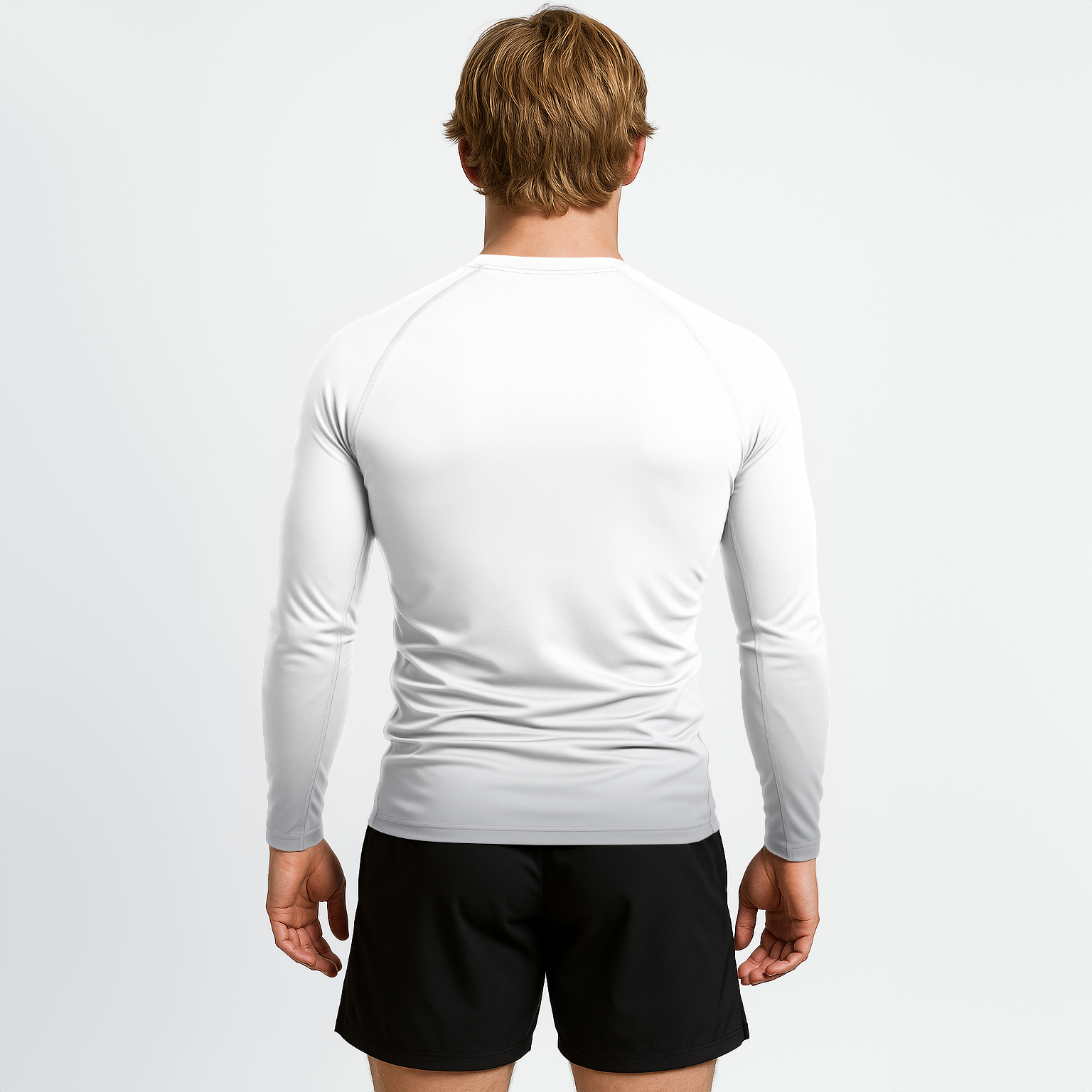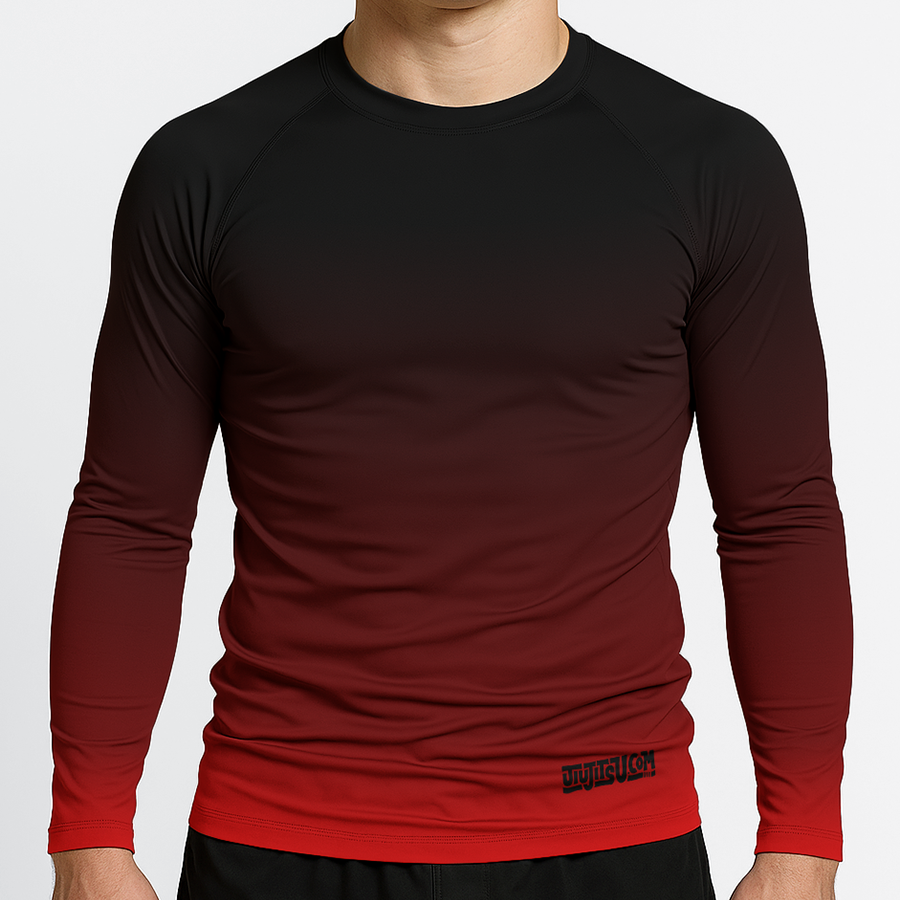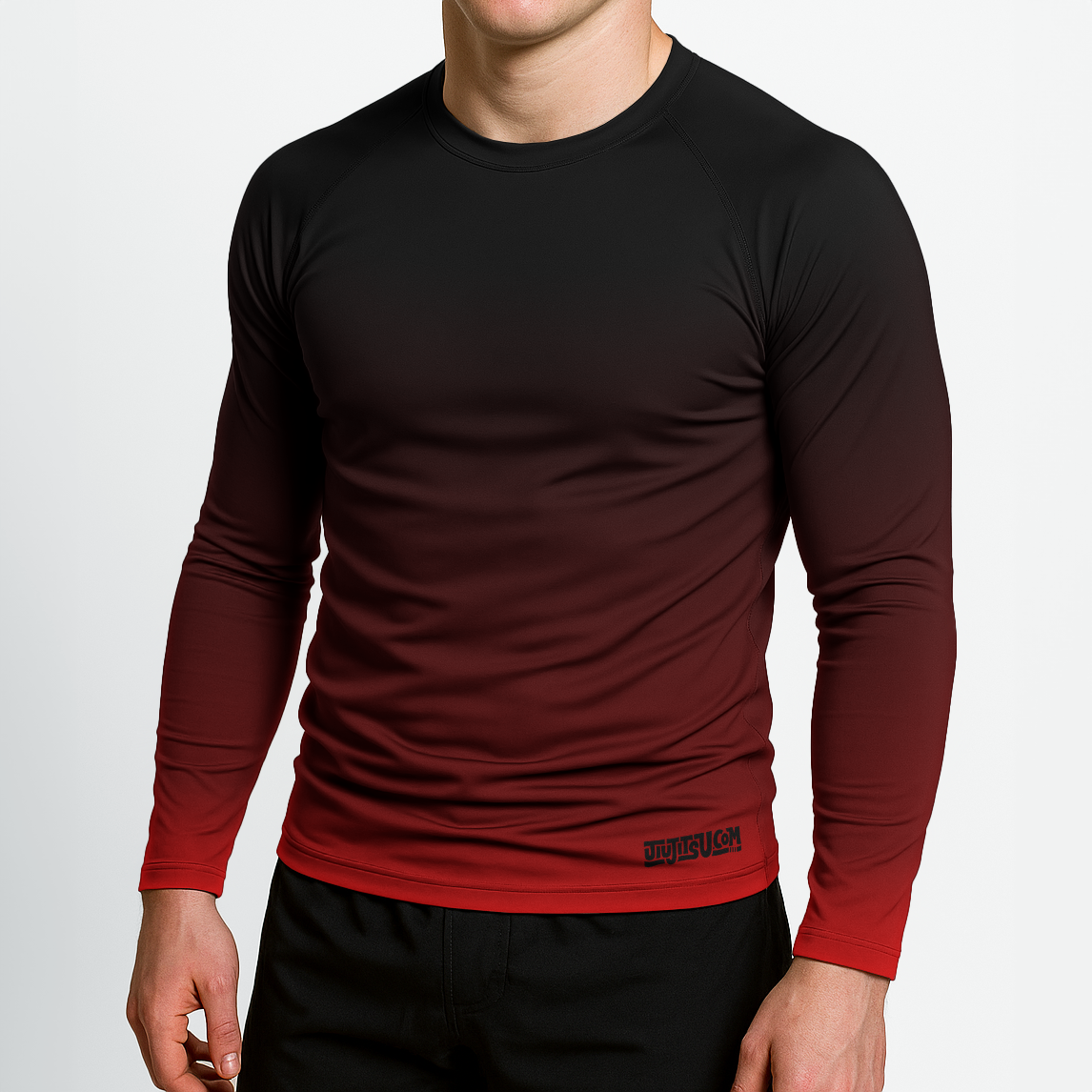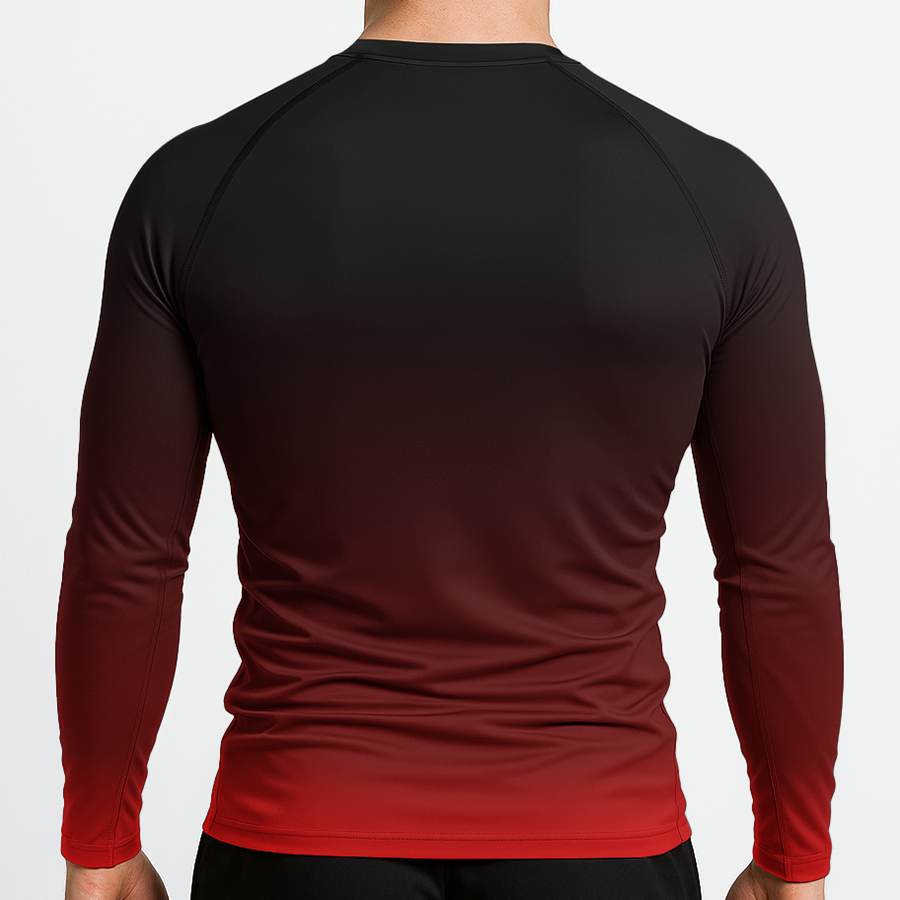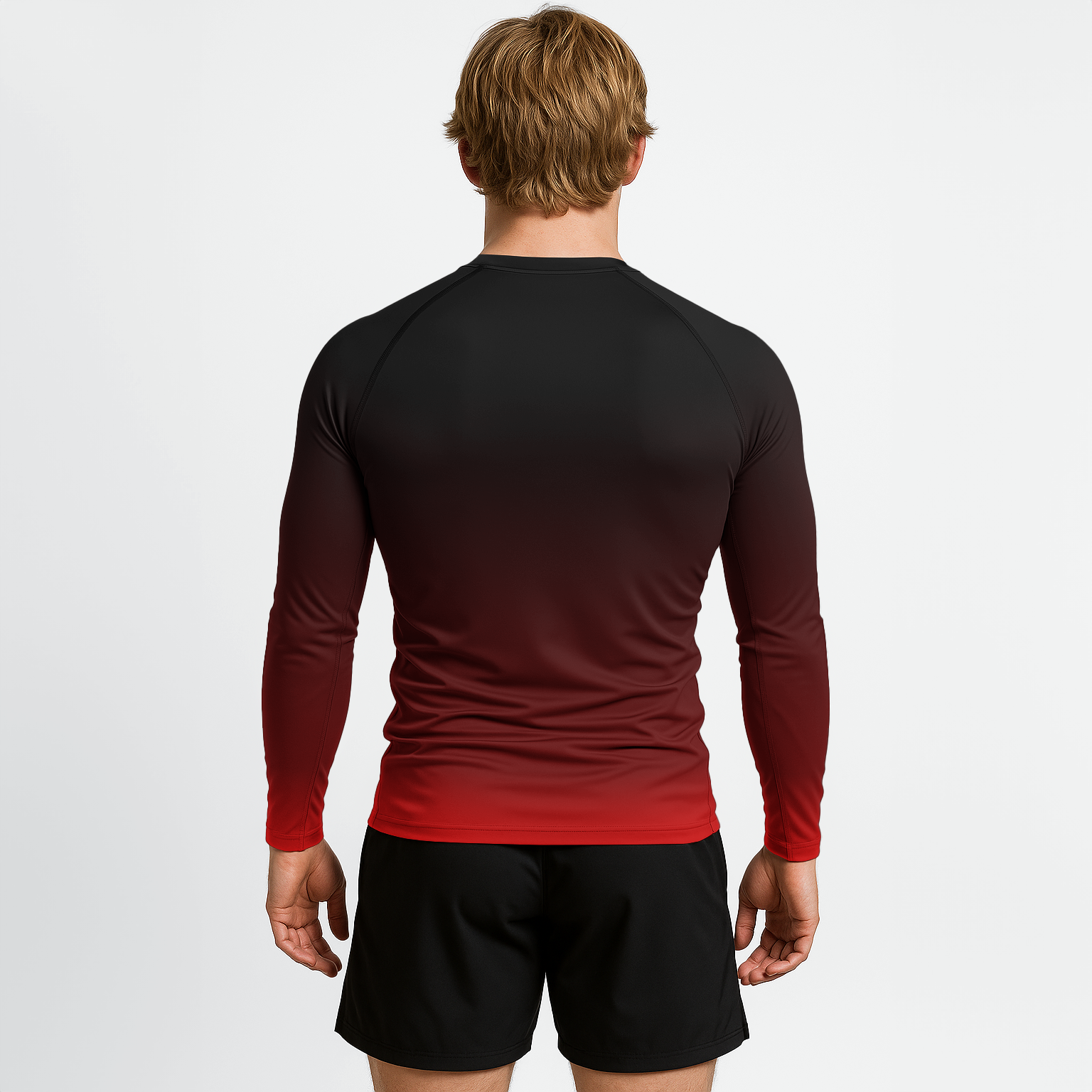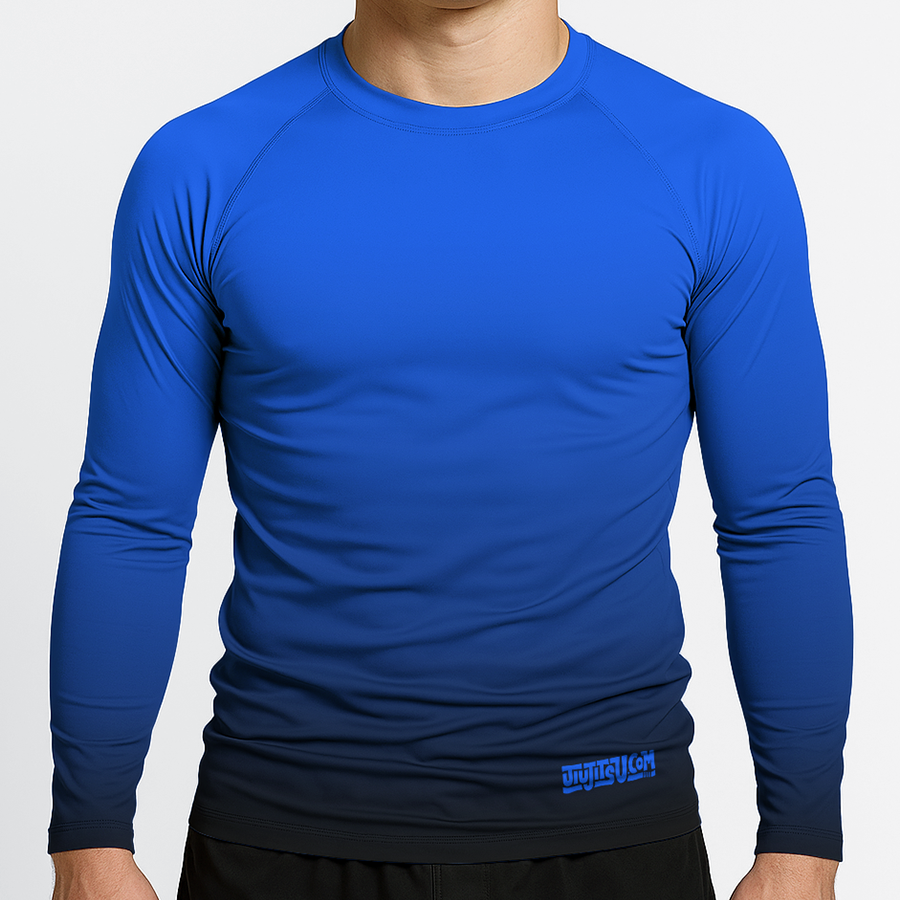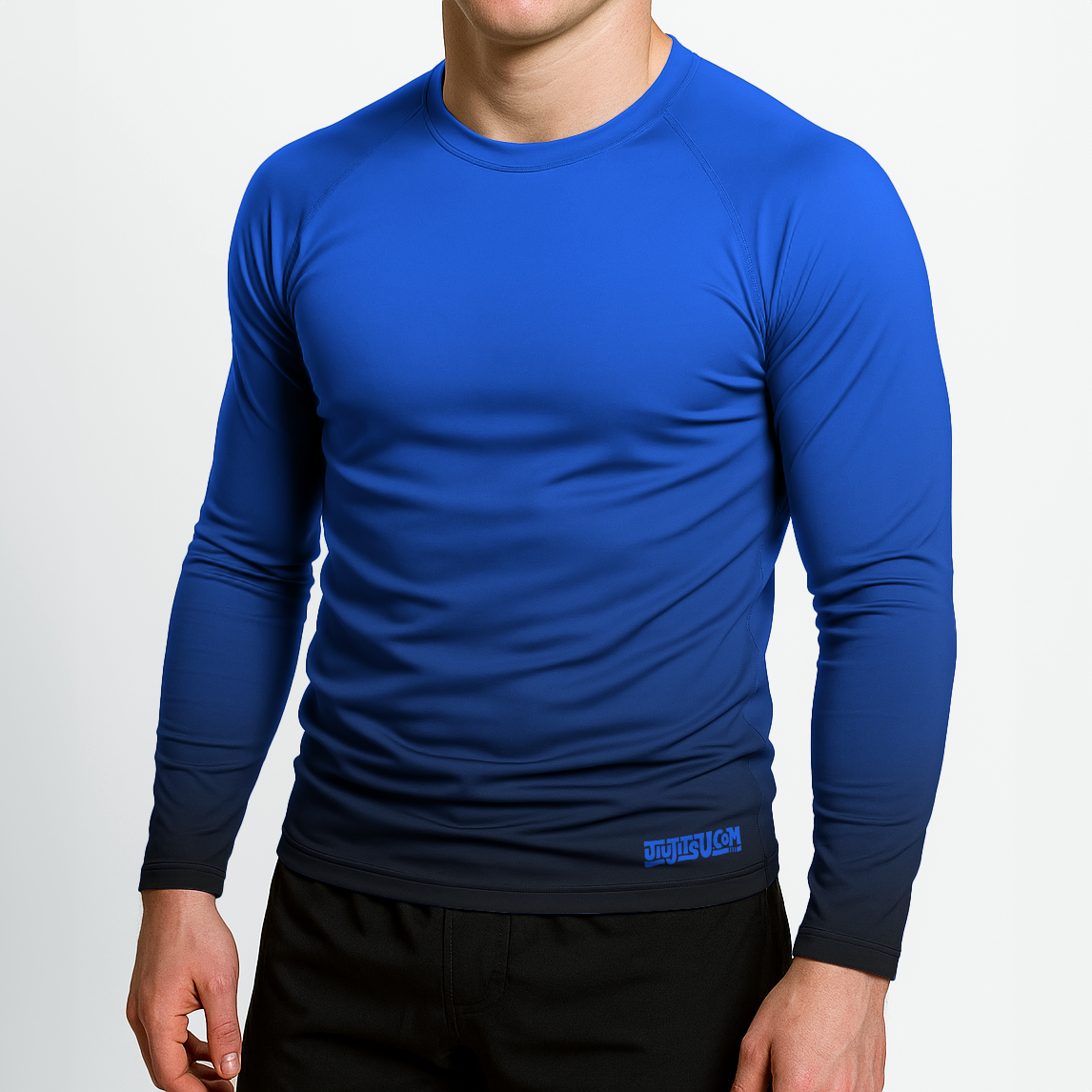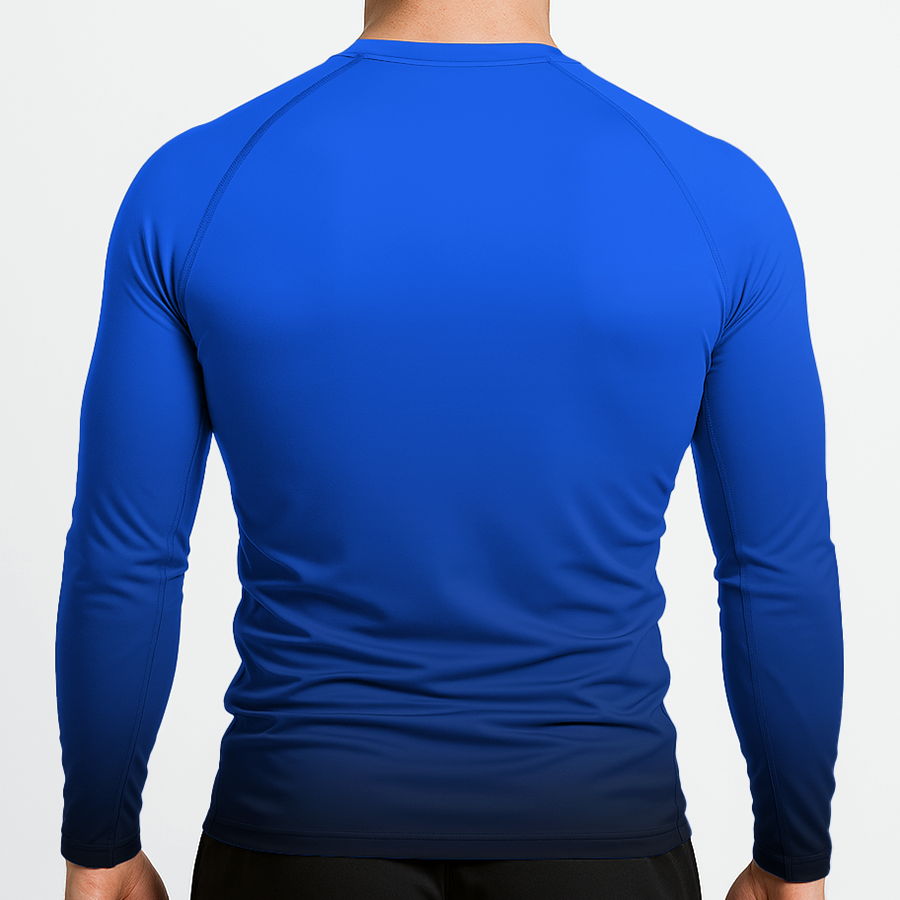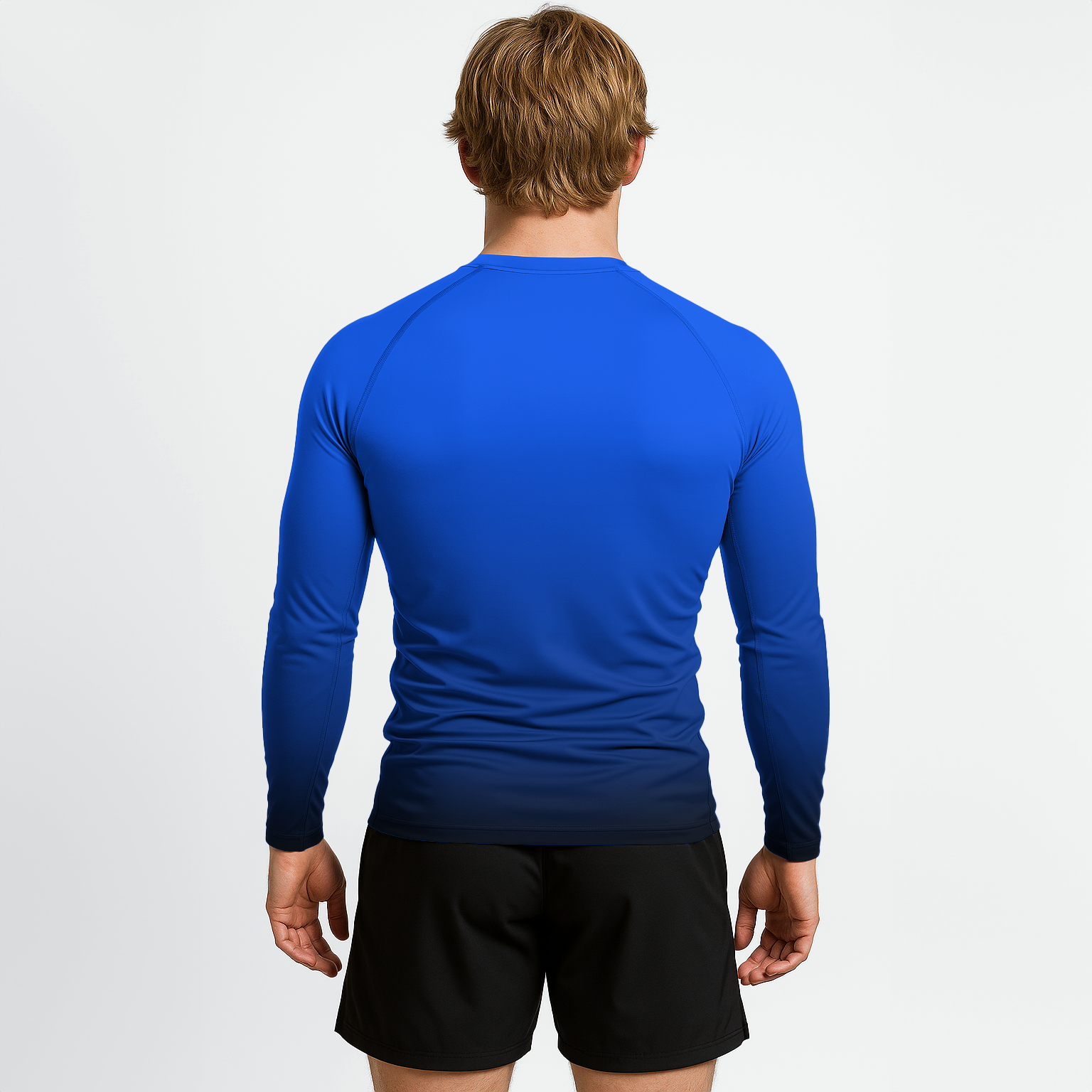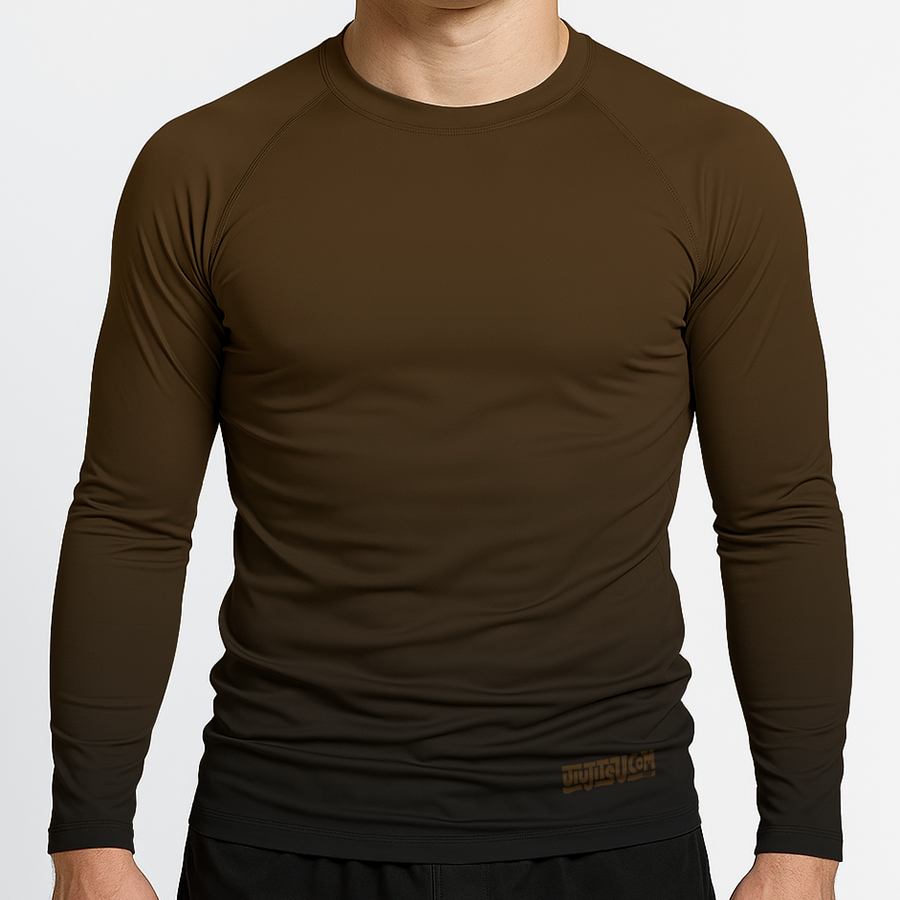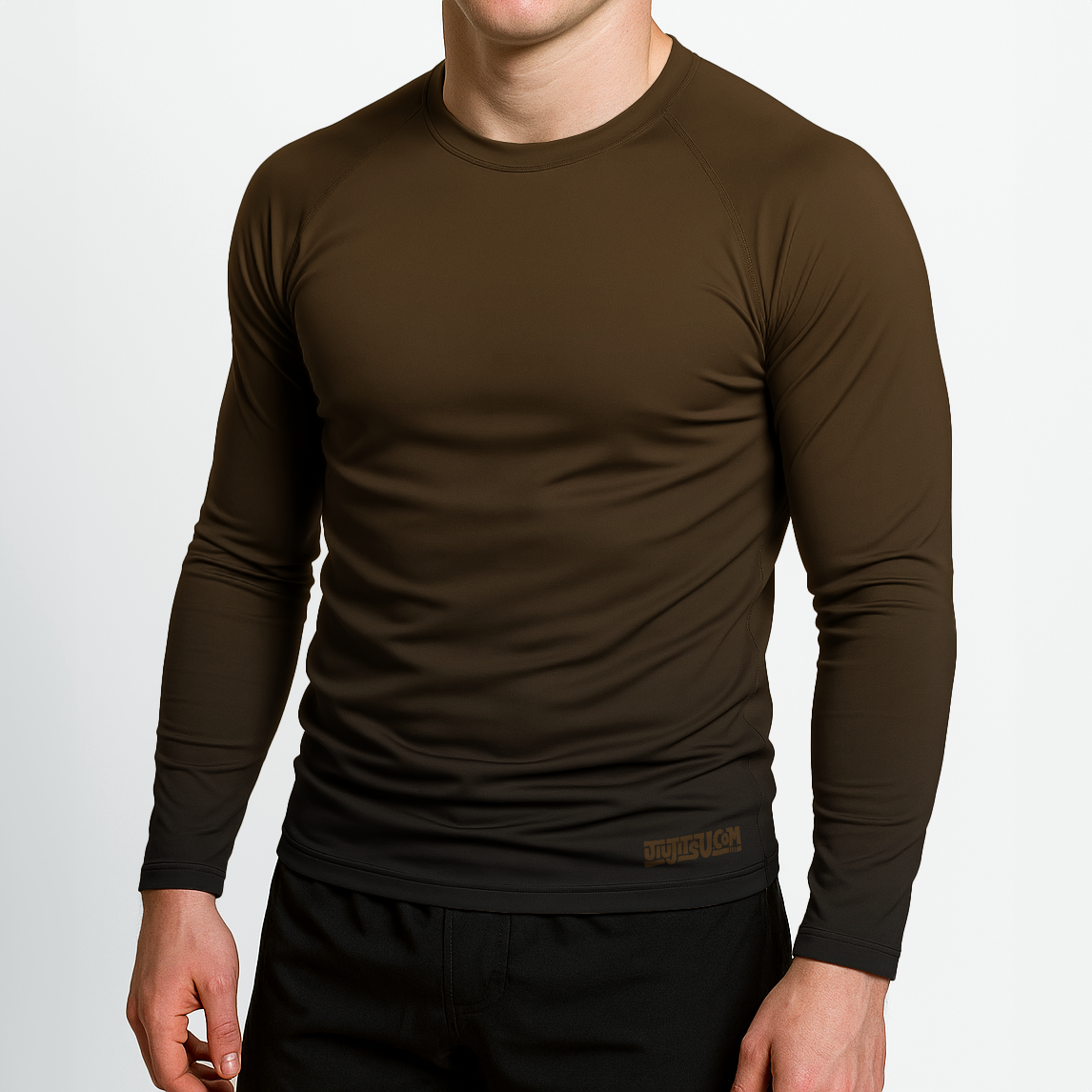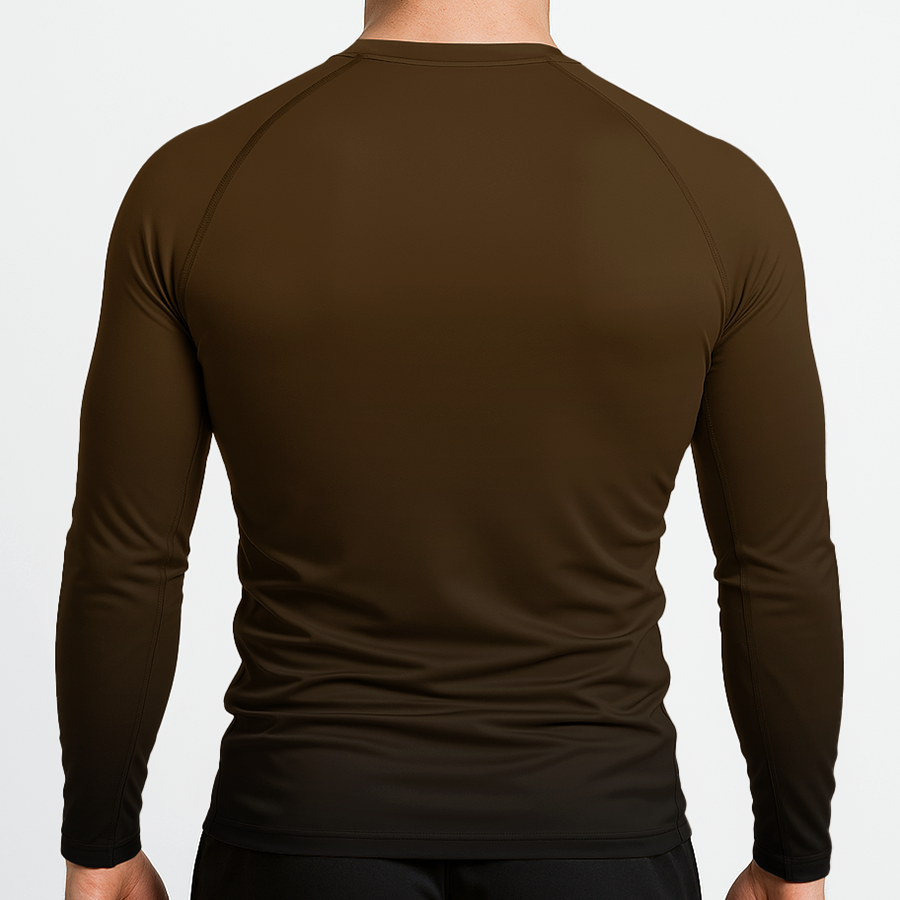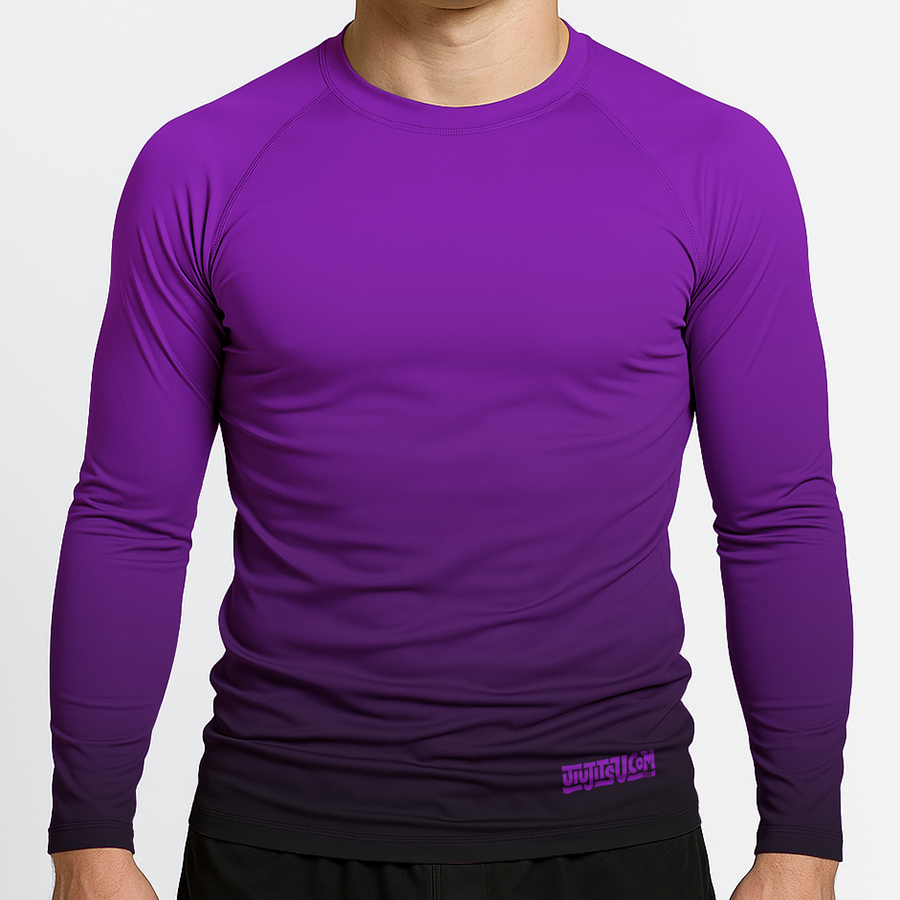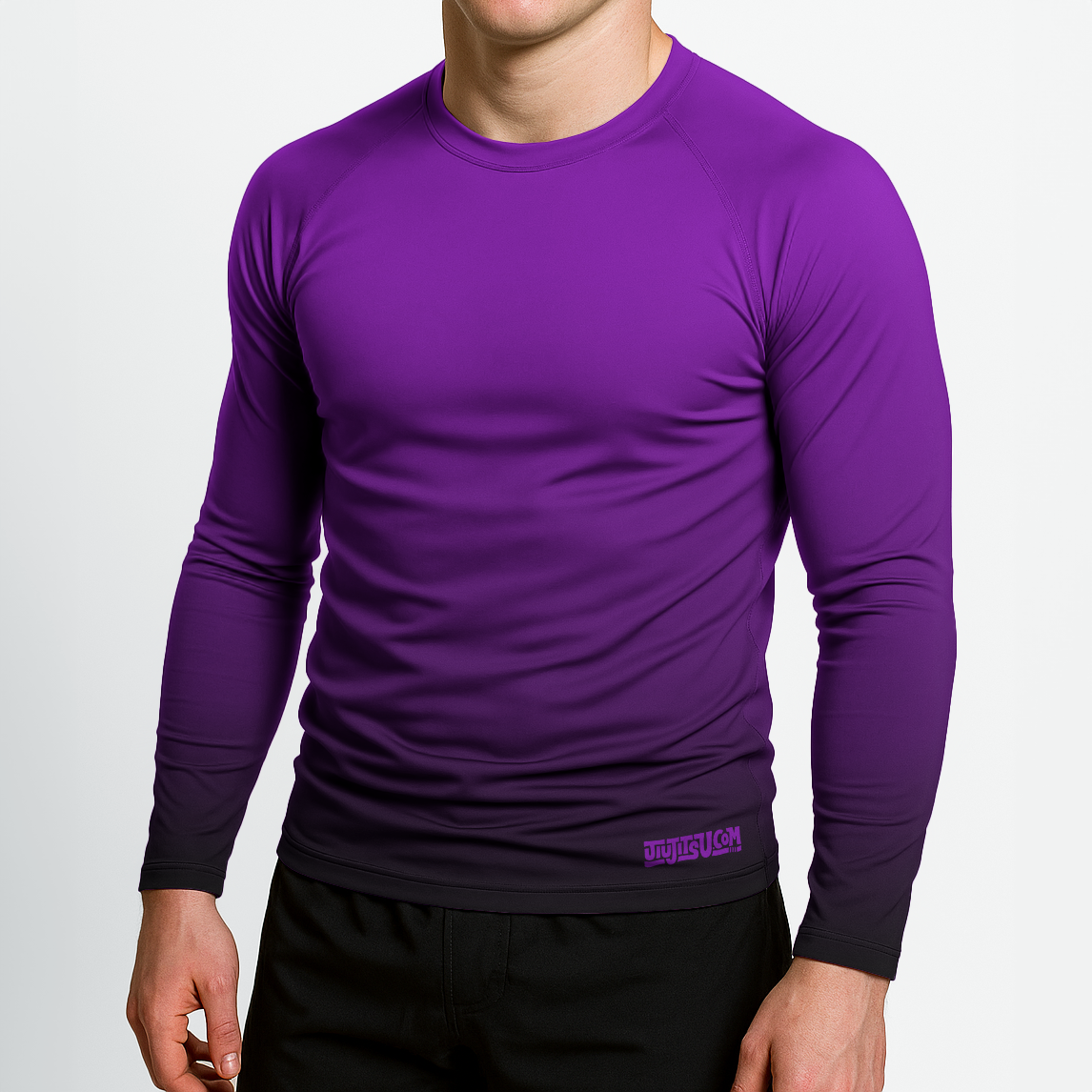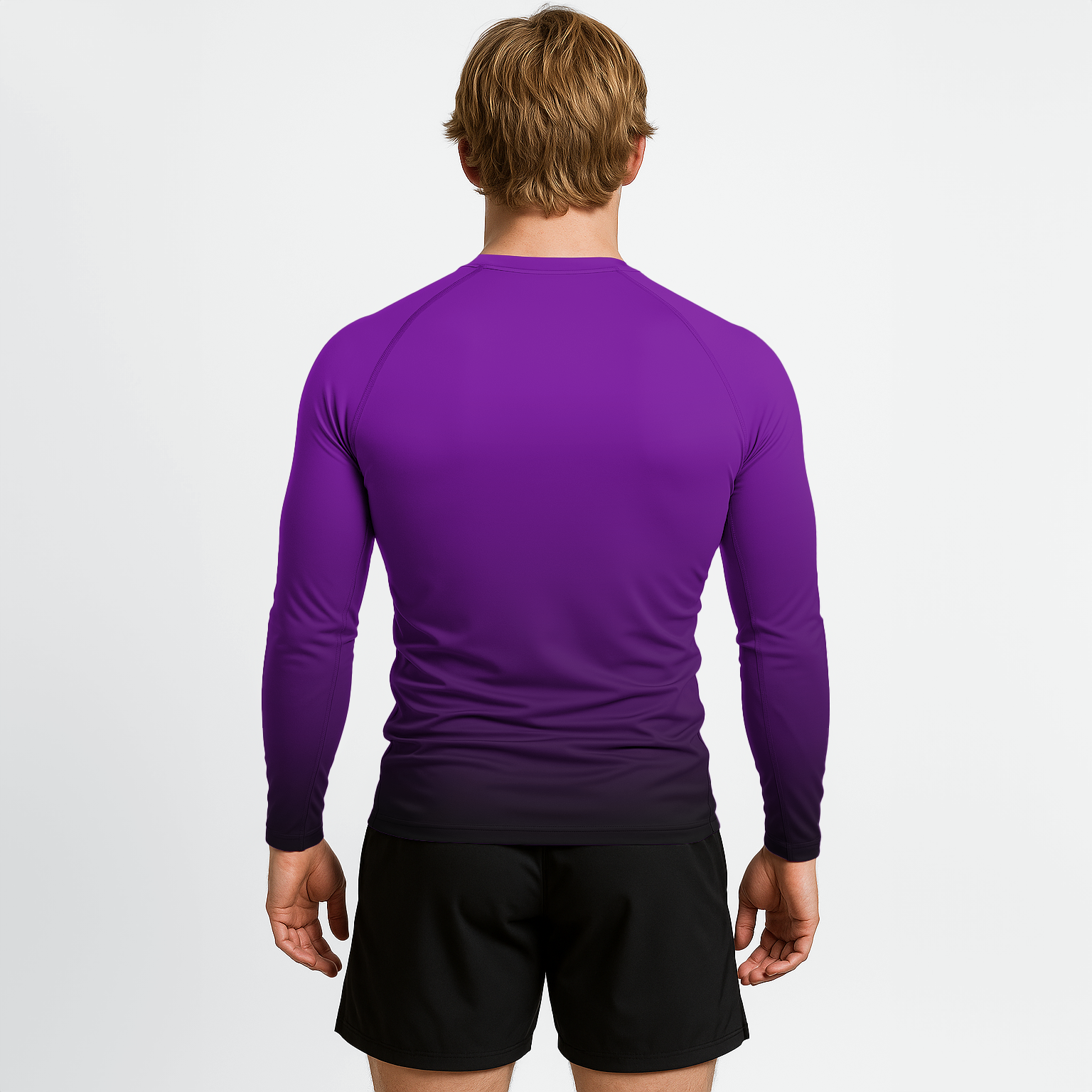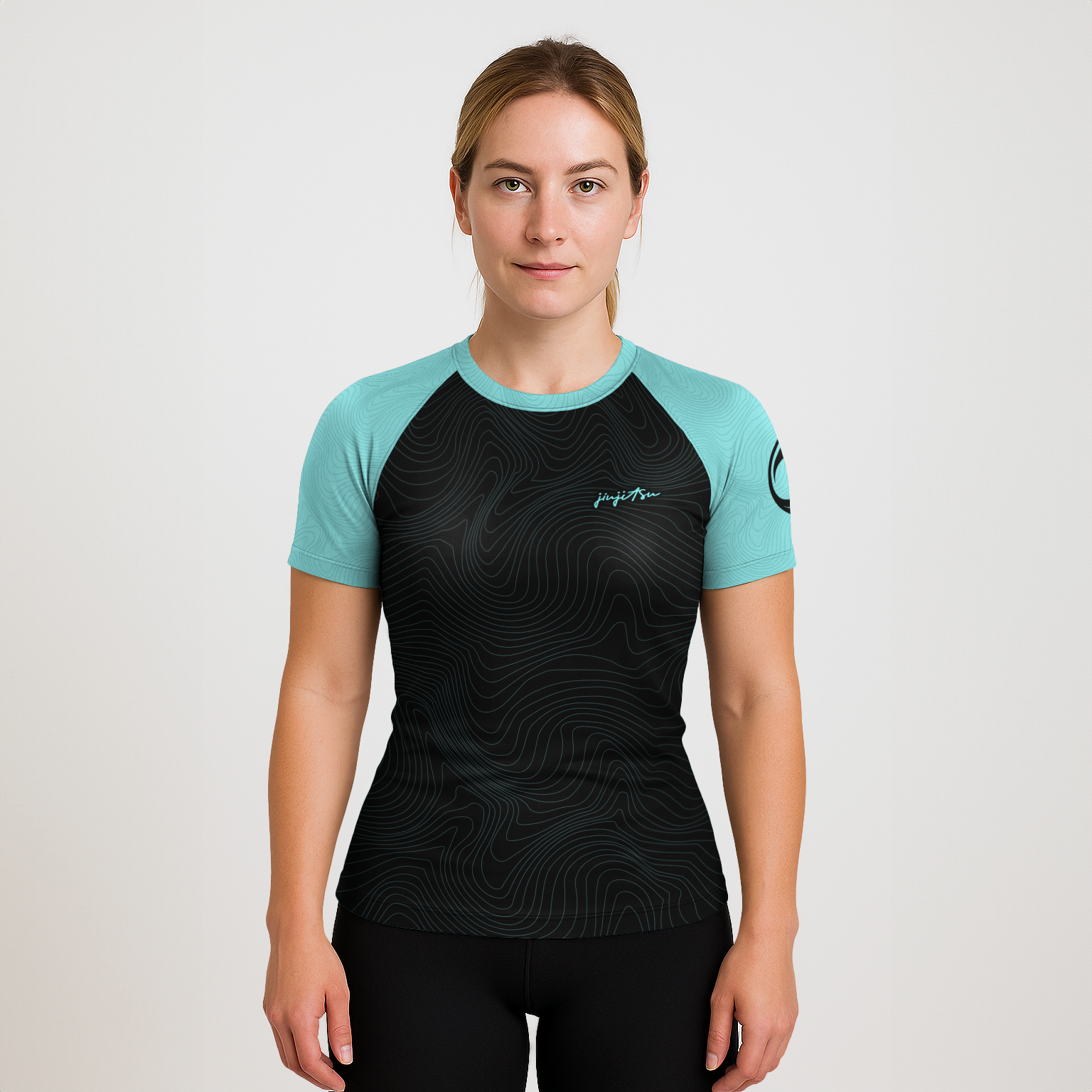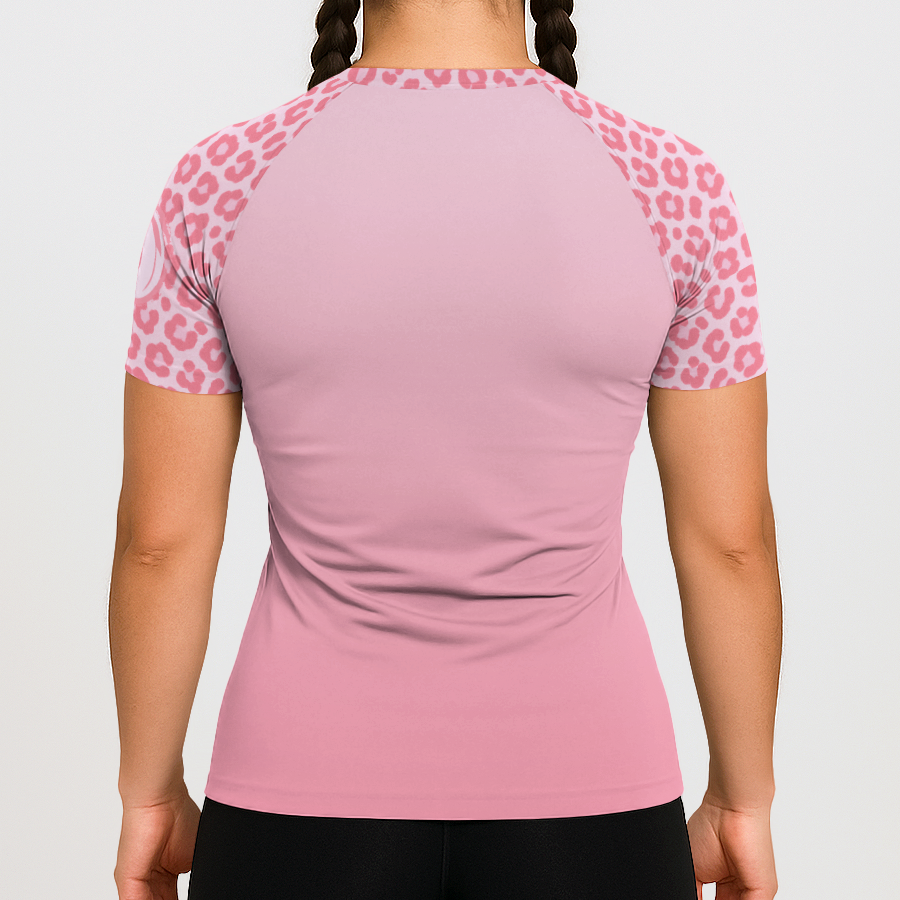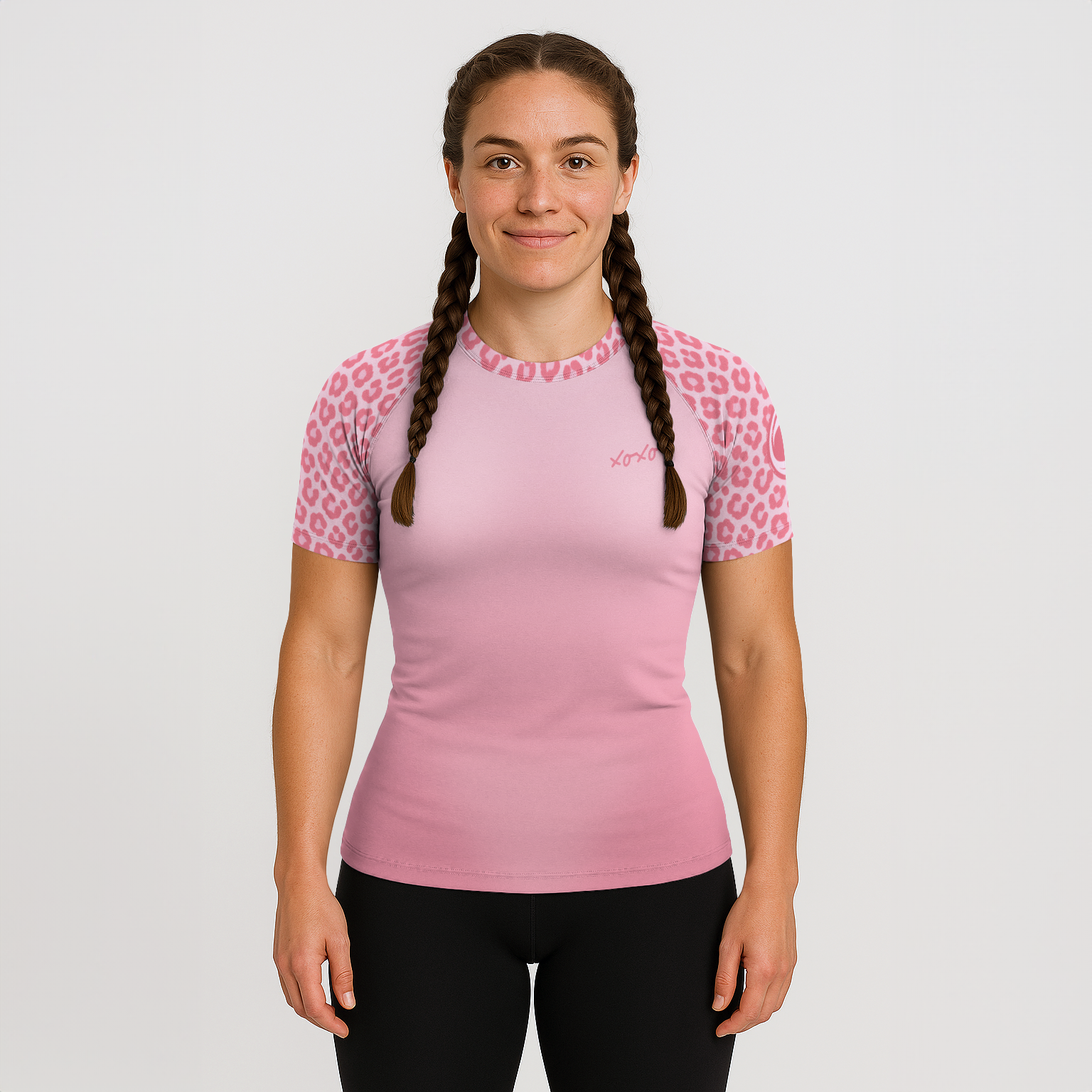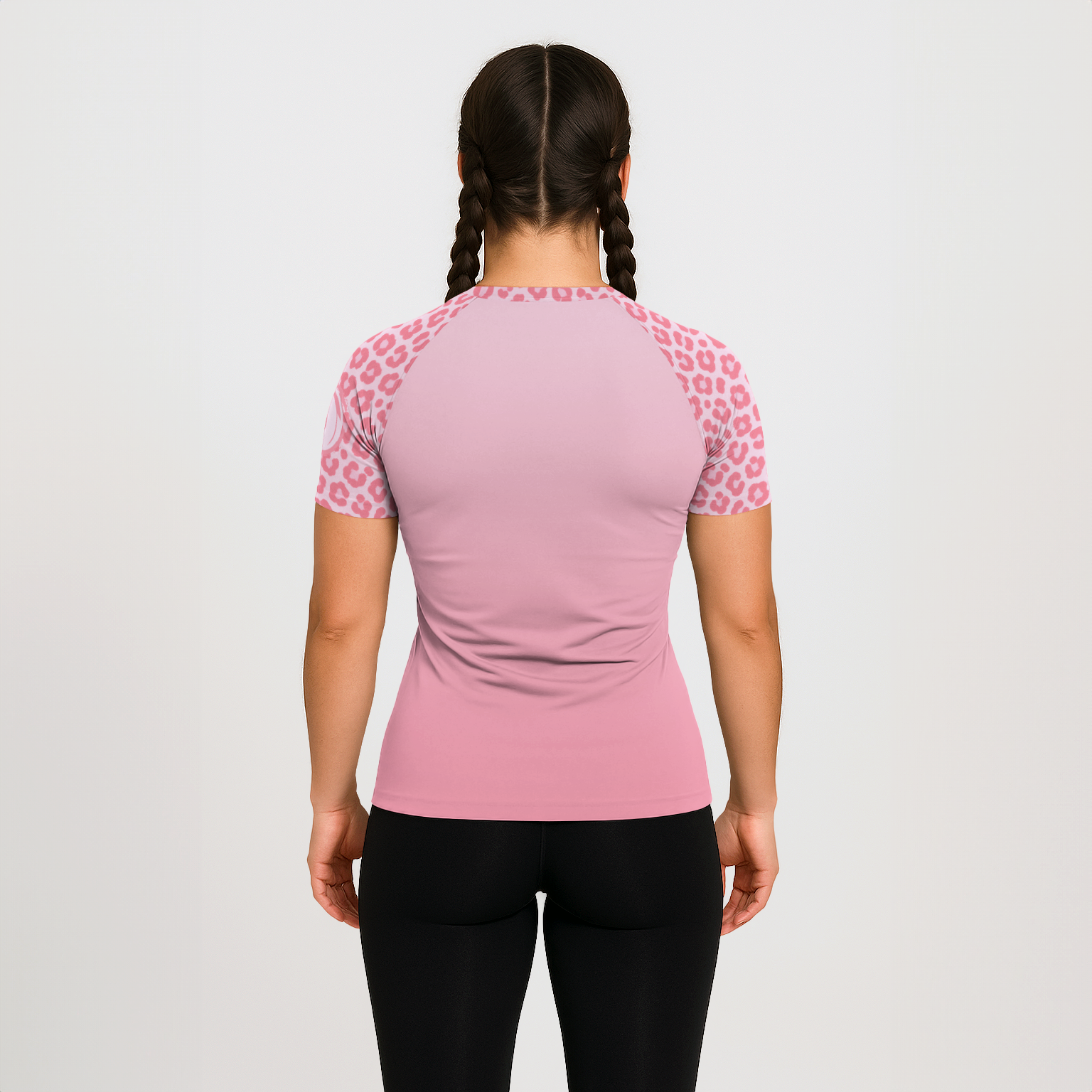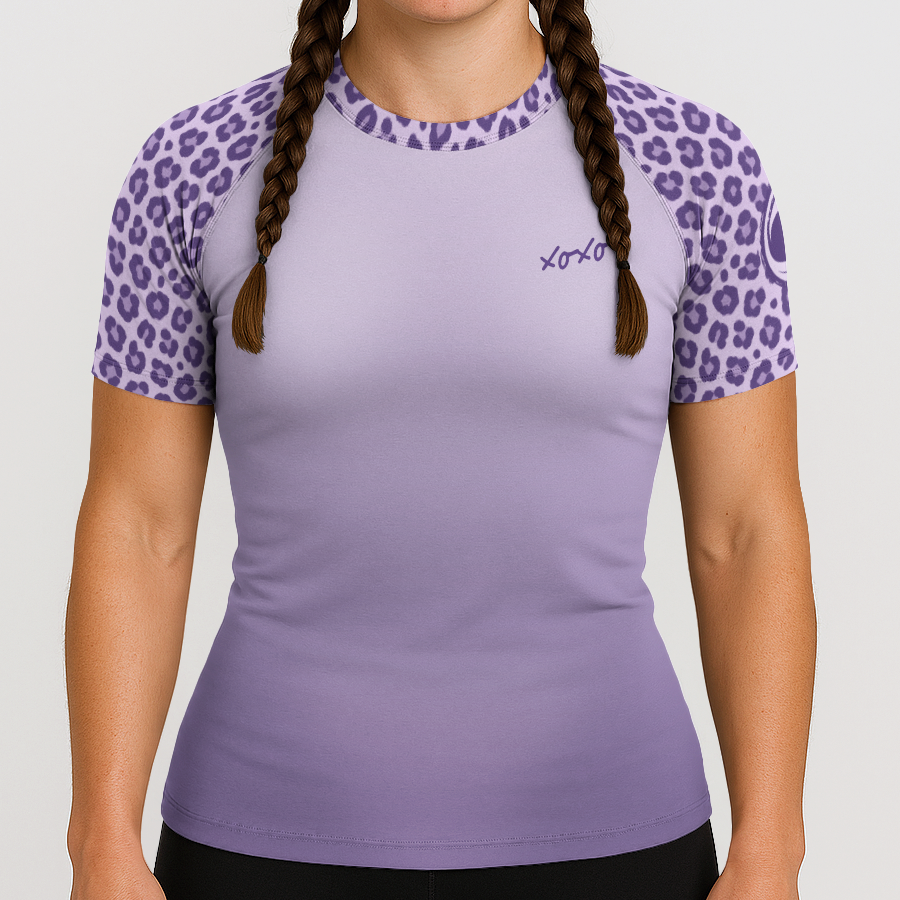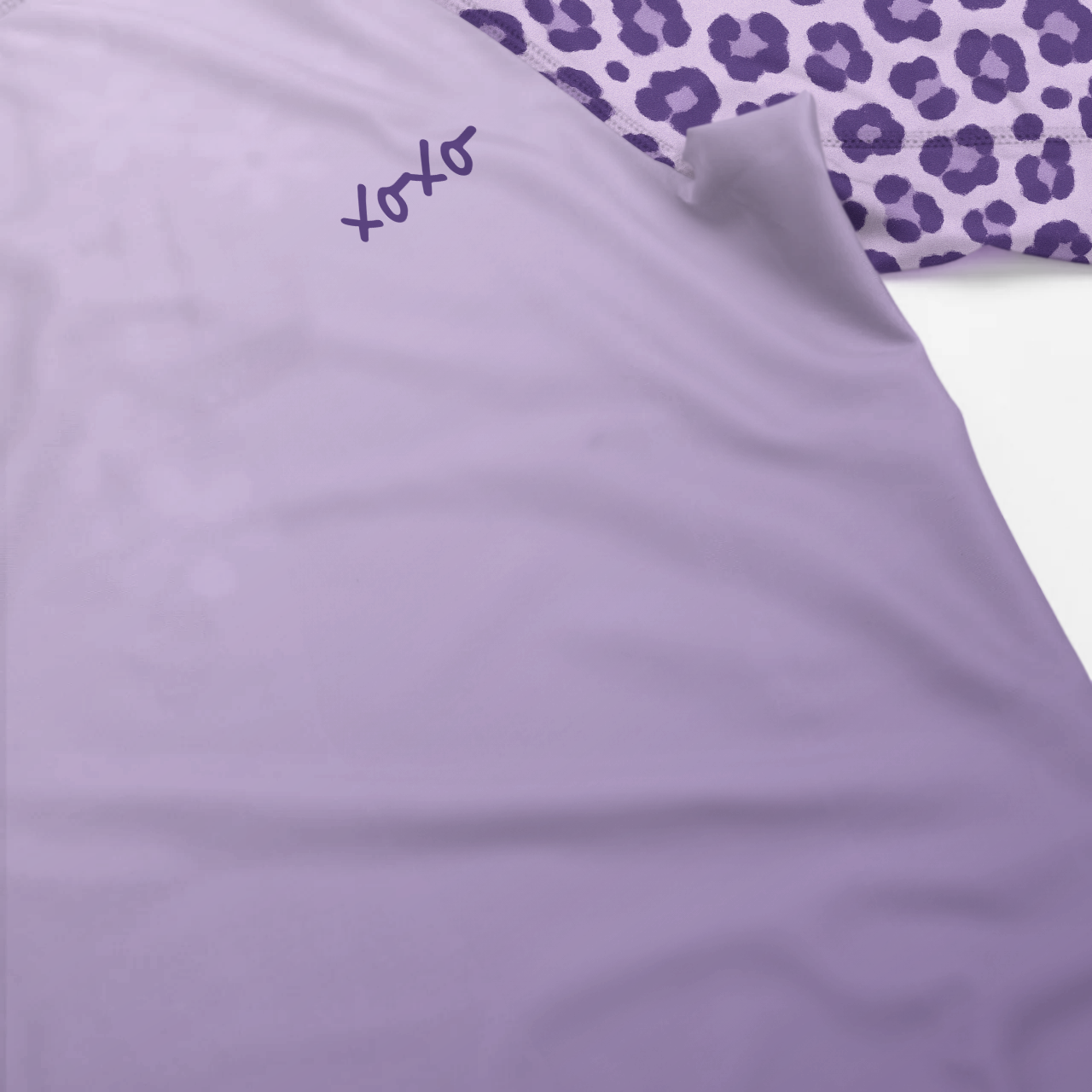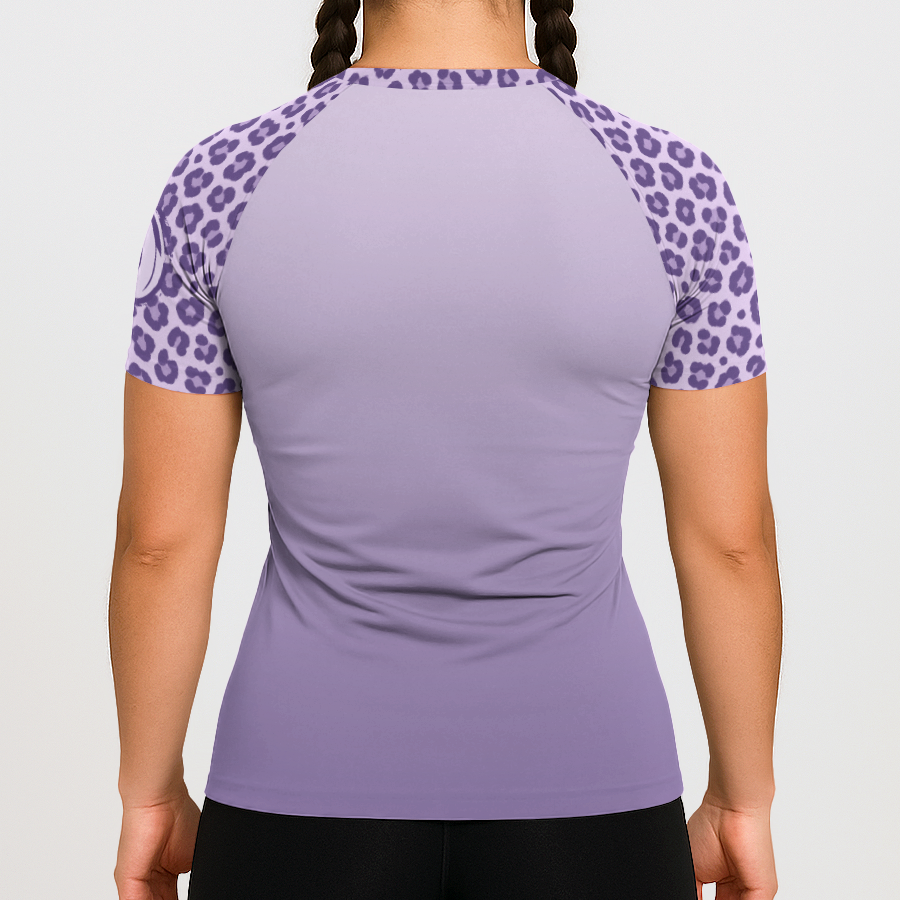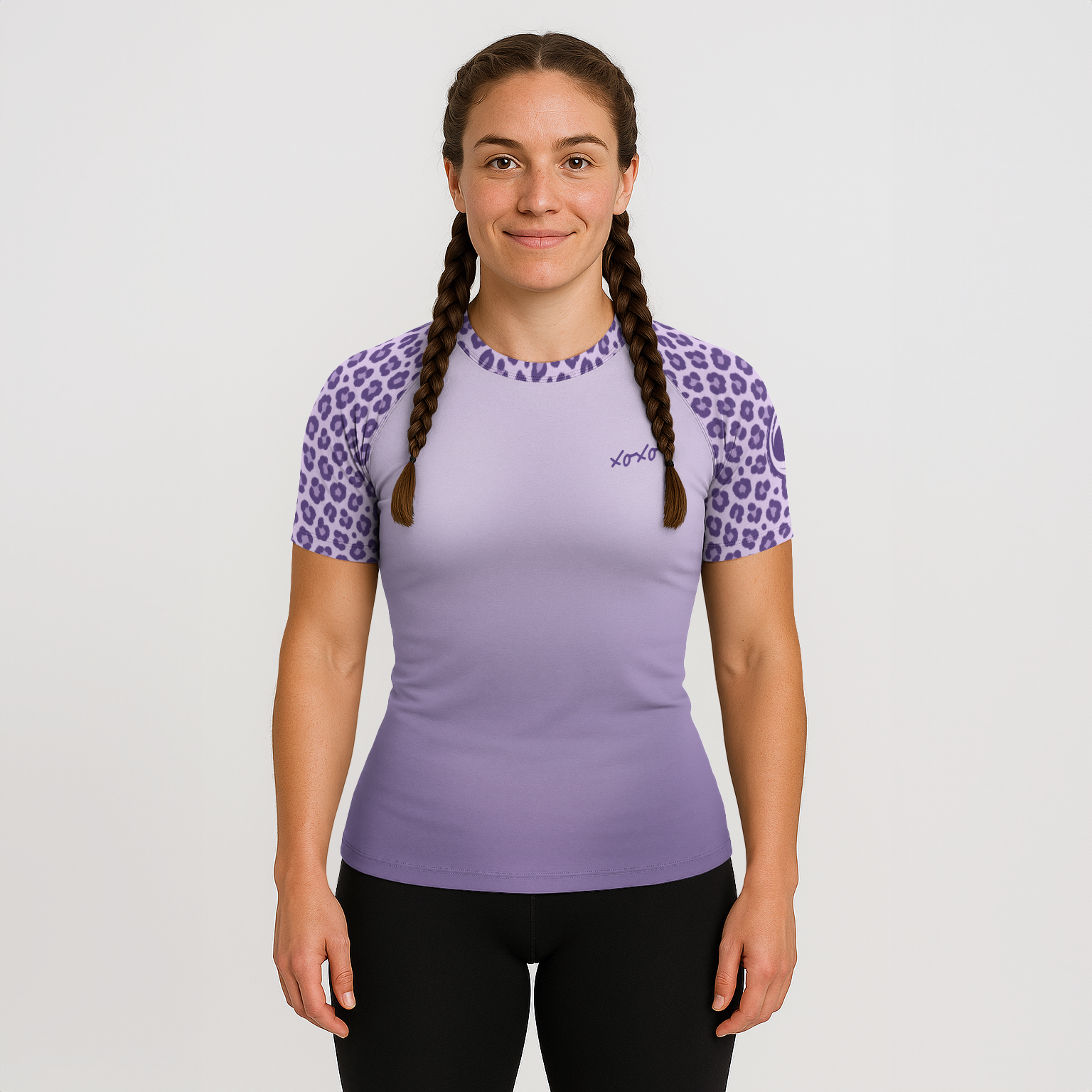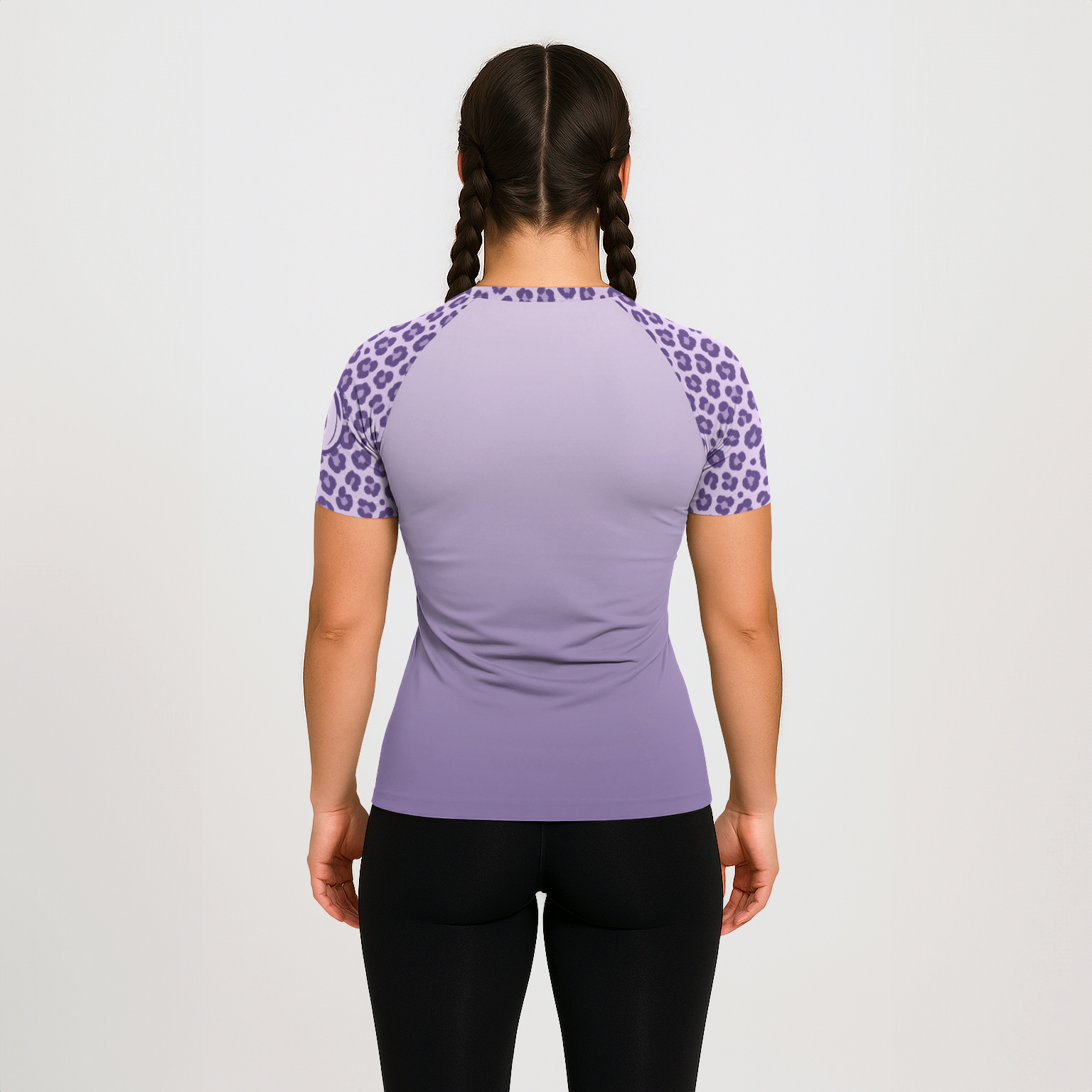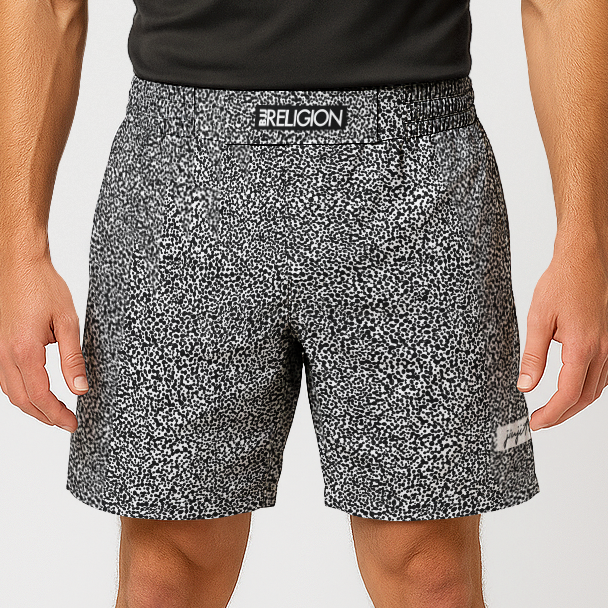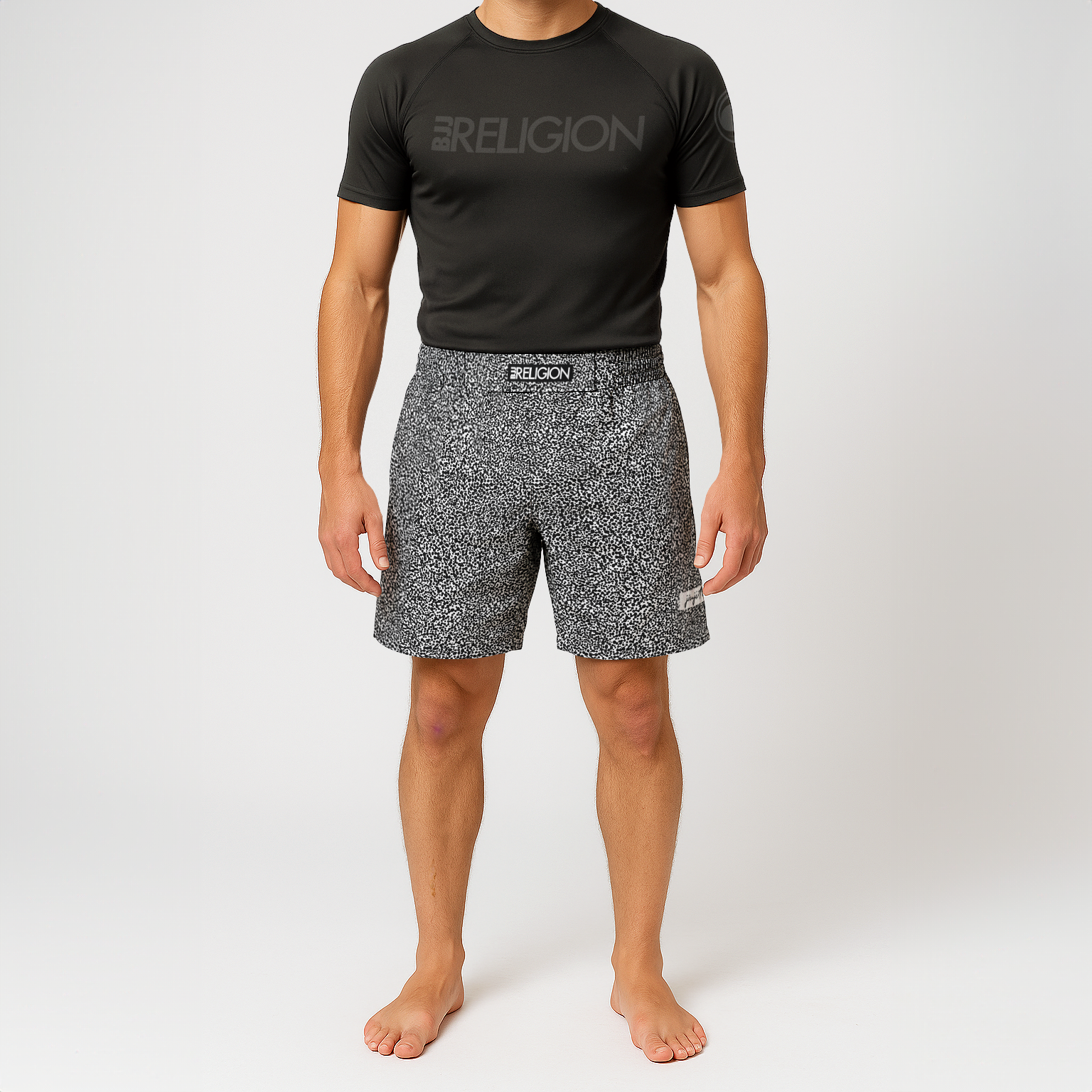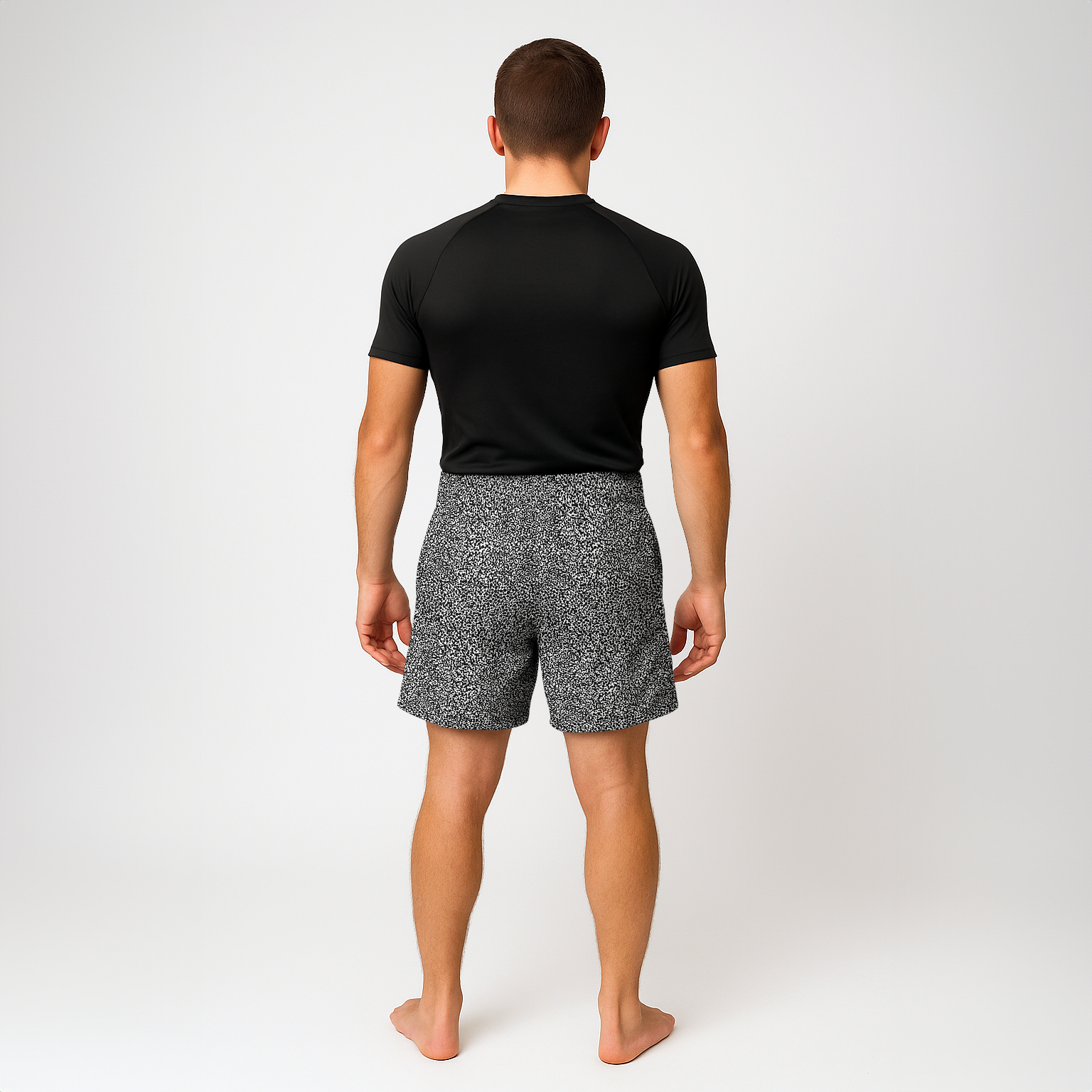Ultimate Guide to BJJ Finger Taping: Techniques & Tips
BJJ finger taping is an essential skill for dedicated jiu jitsu practitioners looking to protect their hands and maximize performance on the mat. With a variety of techniques available, it's crucial to understand how to effectively tape your fingers for optimal support and injury prevention. In this comprehensive guide, we'll delve into the world of BJJ finger taping and explore its many benefits.
We will discuss the importance of choosing the right BJJ finger tape, as well as outline key advantages such as preventing injuries, strengthening muscles, and covering cuts or scars during training sessions. Additionally, you'll learn proper techniques tailored specifically for injured or sore knuckles while ensuring generous coverage without restricting movement.
Finally, we will examine common mistakes when taping fingers in BJJ and provide tips on adjusting application for optimal results. We'll also cover caring for your taped fingers post-training – from properly removing tape to inspecting and cleaning injured areas after practice sessions. By honing these techniques, you can ensure your hands remain healthy and robust during your BJJ experience.
Choosing the Right BJJ Finger Tape
Selecting the appropriate BJJ finger tape is crucial for effective protection and support during your Brazilian Jiu Jitsu training sessions. The right tape should have strong adhesive properties, be made from high-quality tight materials such as hard cotton or rayon, and available in unique sizes to suit your needs. Most brands offer roll lengths over 10 yards / 30 feet / 9.1 meters, providing you with ample supply for multiple uses.
Material Quality Matters
The material of your chosen BJJ finger tape plays a significant role in its effectiveness. High-quality materials like hard cotton or rayon ensure durability while offering optimal support to your fingers during intense grappling sessions. Make sure to avoid low-quality tapes that may easily tear or lose their adhesive properties when exposed to sweat.
Finding the Perfect Size
BJJ finger tapes come in various widths, so it's essential to find one that suits your specific needs best. Narrower tapes are ideal for wrapping smaller joints on fingers, while wider options provide better coverage and support for larger areas like knuckles and wrists. Experiment with different sizes until you discover what works best for you.
Tips:
- Avoid using regular athletic tape as it may not provide sufficient support needed specifically for jiu jitsu practitioners.
- If unsure about which size will work best, start with a medium-width option before experimenting further.
- Learn how to properly apply BJJ finger tape for maximum support and protection.
Trusted Brands Offer Quality Products
When searching for the perfect BJJ finger tape, consider purchasing from reputable brands known for their high-quality products. These companies often invest in research and development to ensure their tapes meet the unique needs of jiu jitsu practitioners. Our favorite finger tape is Fuji Finger Tape.
Investing in the right BJJ finger tape is essential for maintaining optimal hand health during your training sessions. By considering factors such as material quality, size, and brand reputation, you can confidently choose a product that will provide excellent support while reducing injury risk.
Choosing the right BJJ finger tape is an important part of staying safe and preventing injuries while grappling. Considering the importance of avoiding injury, let's explore some advantages to taping one's fingers for Brazilian Jiu Jitsu.
Benefits of Taping Your Fingers for BJJ

Using finger tape during Brazilian Jiu Jitsu training offers several advantages that can significantly improve your performance and overall grappling experience. In this section, we will discuss the benefits of taping your fingers for BJJ, including increased grip strength, improved gripping technique, reduced risk of broken joints or injuries, and easing the pain of existing finger injuries.
Preventing injuries by providing additional support to smaller finger joints
Taping your fingers provides extra support to the smaller finger joints which are often subjected to high stress during grappling techniques. By reinforcing these vulnerable areas with a durable material like hard cotton or rayon tape, you can effectively prevent common injuries such as sprains and dislocations.
Strengthening muscles through consistent use
The regular use of BJJ finger tape helps in strengthening the muscles surrounding your finger joints. As you continue practicing with taped fingers, you'll notice an increase in stability and control when executing various grips and submissions. This added strength ultimately leads to better overall performance on the mats.
Because BJJ is so rough on the joints, we also recommend adding a joint support supplement to your routine as well.
Covering cuts and scars to avoid further damage while grappling
Injuries are inevitable in any combat sport; however, it's essential not only to protect yourself but also be considerate towards your training partners. Taping over open wounds or existing scars ensures that they don't worsen due to friction against other practitioners' BJJ gi materials or mat surfaces. Additionally, taped fingers help minimize bacteria transmission, promoting a cleaner training environment for everyone involved.
Improving grip strength and technique
One of the most significant benefits of using finger tape in BJJ is the improvement in your gripping ability. With enhanced support, you'll find it easier to maintain strong grips on your opponent's gi or wrists during training sessions. This improved grip strength allows you to execute techniques more effectively and with greater precision, ultimately leading to better overall performance.
Lowering the risk of broken joints
The added support provided by finger tape can help reduce the likelihood of suffering a broken joint while practicing Brazilian Jiu Jitsu. By reinforcing vulnerable areas such as knuckles and smaller finger joints, you're less likely to experience fractures or dislocations when applying pressure through various grappling techniques.
To maximize protection from injury and bolster muscle strength, taping fingers is a must for any BJJ practitioner. To ensure proper technique when taping your fingers, consider wrapping techniques tailored specifically for injured or sore knuckles as well as ensuring generous coverage without restricting movement.
Proper Techniques for Taping Fingers in BJJ

In Brazilian Jiu Jitsu, using the correct techniques when taping your fingers is crucial to ensure maximum protection against injury and sore knuckles. By learning how to wrap the tape around phalange bones effectively and creating an X-pattern on the inside of your hand, you can avoid common mistakes that could lead to discomfort or ineffective support during training sessions.
Wrapping Techniques Tailored Specifically for Injured or Sore Knuckles
To provide optimal support for injured or sore knuckles, follow these steps:
- Cut a strip of BJJ finger tape about 12-15 inches long.
- Firmly hold one end of the tape at the base of your affected finger with your thumb.
- Wrap the tape diagonally across the backside of your finger until it reaches just below your first joint (proximal interphalangeal joint).
- Create an "X" pattern by wrapping it diagonally across again towards where you started from but this time on top side part between two joints (metacarpophalangeal joint).
- Continue wrapping around both joints until they are fully covered and secure with remaining tape near starting point without restricting movement too much.
The Importance of Not Wrapping Too Tightly Around Finger Joints
Avoiding excessive pressure on finger joints while applying BJJ finger tapes is essential as it may restrict blood flow leading to numbness, tingling sensations, or even more severe injuries. To prevent this issue:
- Ensure that the tape is snug but not too tight around your finger joints.
- Check for any signs of discomfort or restricted movement after applying the tape. If necessary, adjust accordingly to achieve optimal results.
Ensuring a Generous Amount of Tape Coverage Without Restricting Movement
To maximize protection and support without limiting mobility during training sessions, it's crucial to strike a balance between adequate coverage and freedom of movement:
- Aim for covering at least two-thirds of each joint with BJJ finger tape while still allowing some flexibility in your fingers.
- If you find that your taped fingers feel stiff or uncomfortable during practice, consider adjusting the amount of tape used or reapplying using a slightly looser wrapping technique.
Incorporating these proper techniques when taping your fingers for Brazilian Jiu Jitsu will help ensure maximum protection against injuries and allow you to train effectively without hindrances. Discover our guide on grip strength training to learn more about boosting your performance and increasing your grip strength in Brazilian Jiu Jitsu.
When taping fingers in BJJ, it is important to remember proper wrapping techniques tailored specifically for injured or sore knuckles and ensure a generous amount of tape coverage without restricting movement. On the other hand, common mistakes when taping fingers include incorrect wrapping patterns that could lead to ineffective protection as well as signs indicating improper application such as numbness or tingling in fingers.
Common Mistakes When Taping Fingers in BJJ
Applying finger tape before jiu jitsu training sessions is essential for protection and support. However, some practitioners make common mistakes that can hinder the effectiveness of their taping technique. In this section, we will identify the incorrect wrapping patterns that could lead to ineffective protection and provide tips on how to avoid them.
Identifying Incorrect Wrapping Patterns That Could Lead to Ineffective Protection
The correct wrapping pattern is crucial for ensuring optimal support and protection during your BJJ practice sessions. An improper pattern may not provide adequate joint stability or could even cause discomfort while grappling. To avoid such issues, always follow the X-pattern method mentioned earlier in this article when applying tape around your fingers.
Fingers Feeling Numb or Tingling?
If you experience numbness or tingling sensations after taping your fingers, it's a clear indication that something went wrong with the application process. These symptoms often result from wrapping the tape too tightly around joints, which restricts blood flow and causes discomfort during training sessions. Make sure to adjust the tightness of your wraps accordingly if you notice any signs of restricted circulation.
Tips for Adjusting Tape Application to Achieve Optimal Results
- Avoid overlapping: Ensure that each layer of tape lies flat against your skin without overlapping excessively onto itself; otherwise, it might create unnecessary bulkiness that hinders movement.
- Maintain tension: Keep a consistent level of tension throughout each wrap by pulling gently but firmly on both ends as you apply it around your finger joints.
- Test mobility: After taping, perform a quick test by bending and extending your fingers to ensure they have full range of motion without feeling overly restricted or uncomfortable.
In addition to these tips, it's crucial to choose the right type of tape for BJJ. As mentioned earlier in this article, look for tapes with strong adhesive properties made from high-quality materials such as hard cotton or rayon. These tapes will provide better support and protection during your training sessions.
By avoiding common mistakes when applying finger tape before jiu jitsu practice sessions, you can ensure optimal results that keep your fingers protected and supported throughout each session. Remember always to follow proper techniques and precautions while using BJJ gear, including finger tape application, so you can continue improving on the mats without any setbacks due to injuries or discomfort caused by improper taping methods.
It is important to recognize common mistakes when taping fingers in BJJ, as these can lead to ineffective protection and potential injury. To ensure optimal safety post-training, it's essential that practitioners learn how to properly care for their taped fingers after a session.
Caring for Your Taped Fingers Post-BJJ Training
Once a rigorous BJJ workout is complete, it's essential to provide adequate attention to your taped digits. By doing so, you'll maintain finger health and prevent further complications from occurring due to prolonged exposure to sweat or bacteria on the mats. In this section, we will discuss how to remove BJJ finger tape correctly, inspect your fingers for signs of injury or irritation after practice sessions, and clean and care for injured areas post-training.
Properly Removing BJJ Finger Tape without Causing Additional Damage
When removing BJJ finger tape, be gentle and patient. Avoid yanking the tape off as this can cause additional damage or pain. Instead, carefully unwind the tape while keeping a close eye on any potential injuries underneath.
- Gently prise open one corner of the tape with your fingernail or a set of tweezers.
- Slowly peel back the adhesive in small increments until completely removed.
- If necessary, use scissors to cut through layers that are too tight or difficult to unwind by hand.
Inspecting Your Fingers for Signs of Injury or Irritation After Practice Sessions
Once you've removed the finger tape, thoroughly examine each digit for any signs of injury such as cuts, bruises, swelling, redness or inflammation. If you notice anything unusual like numbness or tingling sensations during training sessions with taped fingers - these could indicate improper application techniques that need adjustment (refer back to Heading 4).
Cleaning and Caring for Injured Areas Post-Training
After inspecting your fingers, it's essential to clean any injured areas properly.
- Wash the affected area with anti-bacterial soap.
- Rinse thoroughly to remove all traces of soap or debris.
- Pat dry using a clean towel or paper towel - avoid rubbing as this can cause irritation.
- Apply a topical antibiotic ointment like Neosporin to prevent infection.
- Cover the wound with a sterile bandage or gauze pad if needed for protection against dirt and bacteria during daily activities.
In addition to cleaning injuries, be sure also to rest and elevate sore fingers when possible. This will help reduce swelling and promote faster recovery so you can get back on the mats sooner.
Conclusion
Properly taping your fingers for BJJ can provide additional support, prevent injuries, and cover cuts or scars. When taping your fingers, it's important to use the right techniques and avoid common mistakes that could lead to ineffective protection or further damage. After training, care for your taped fingers by properly removing the tape and inspecting them for signs of injury or irritation.
If you're looking to improve your BJJ skills while protecting yourself from finger injuries, consider investing in quality finger tape and taking the time to learn proper wrapping techniques.

